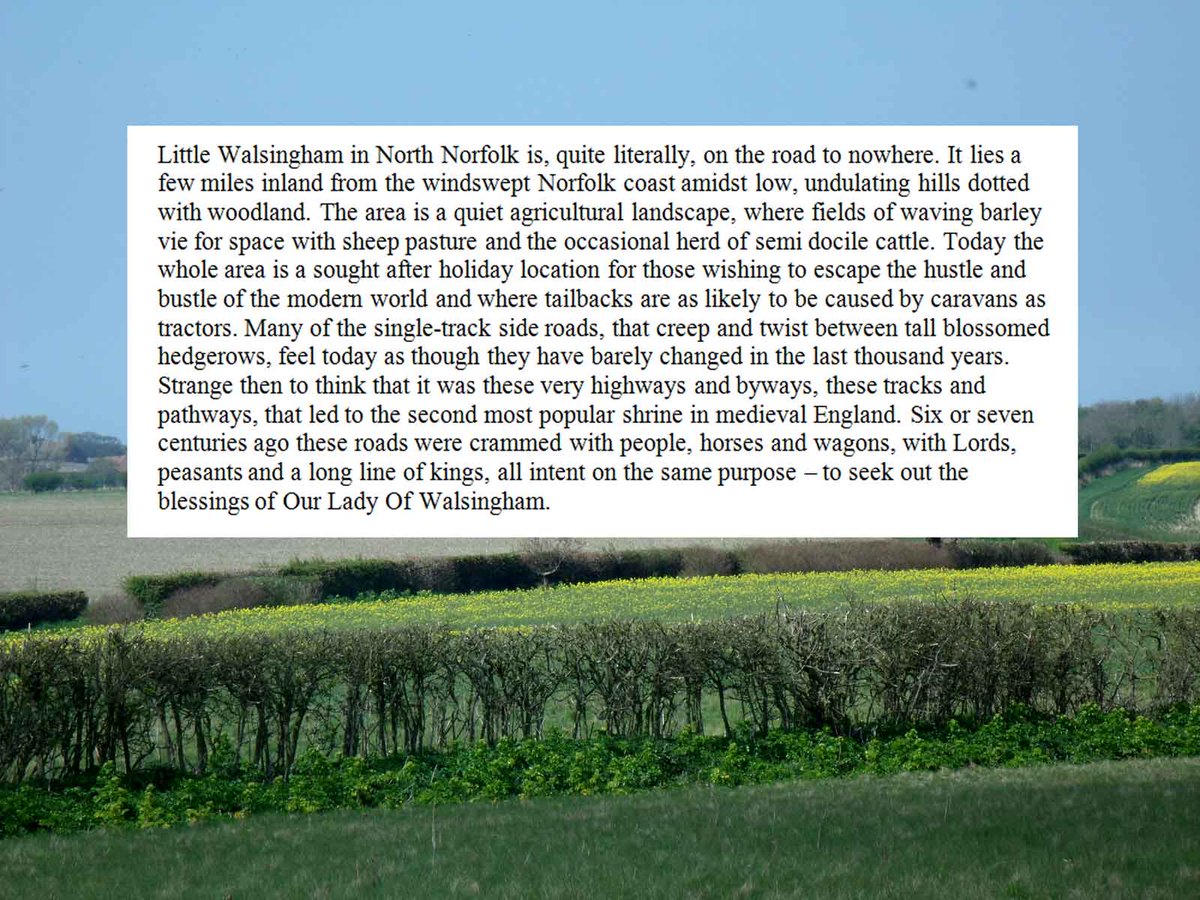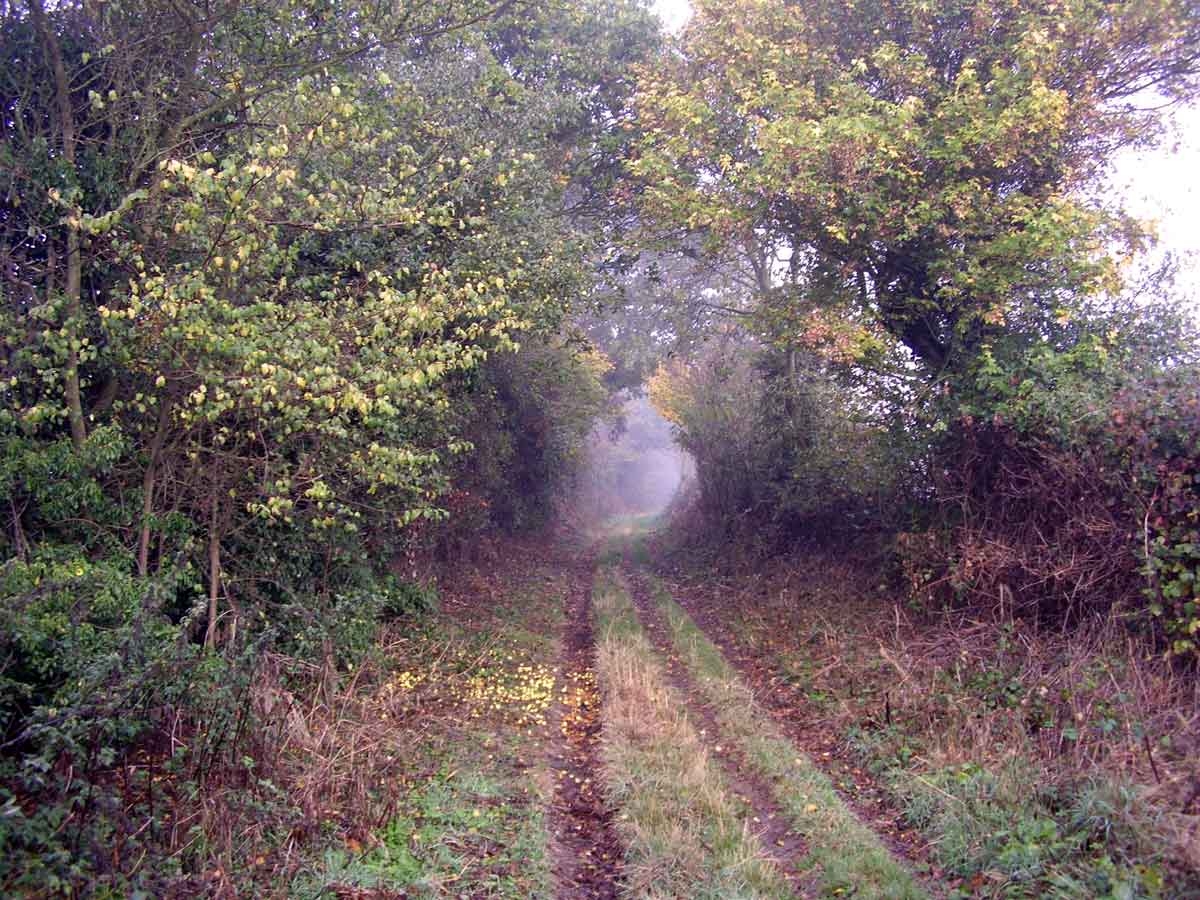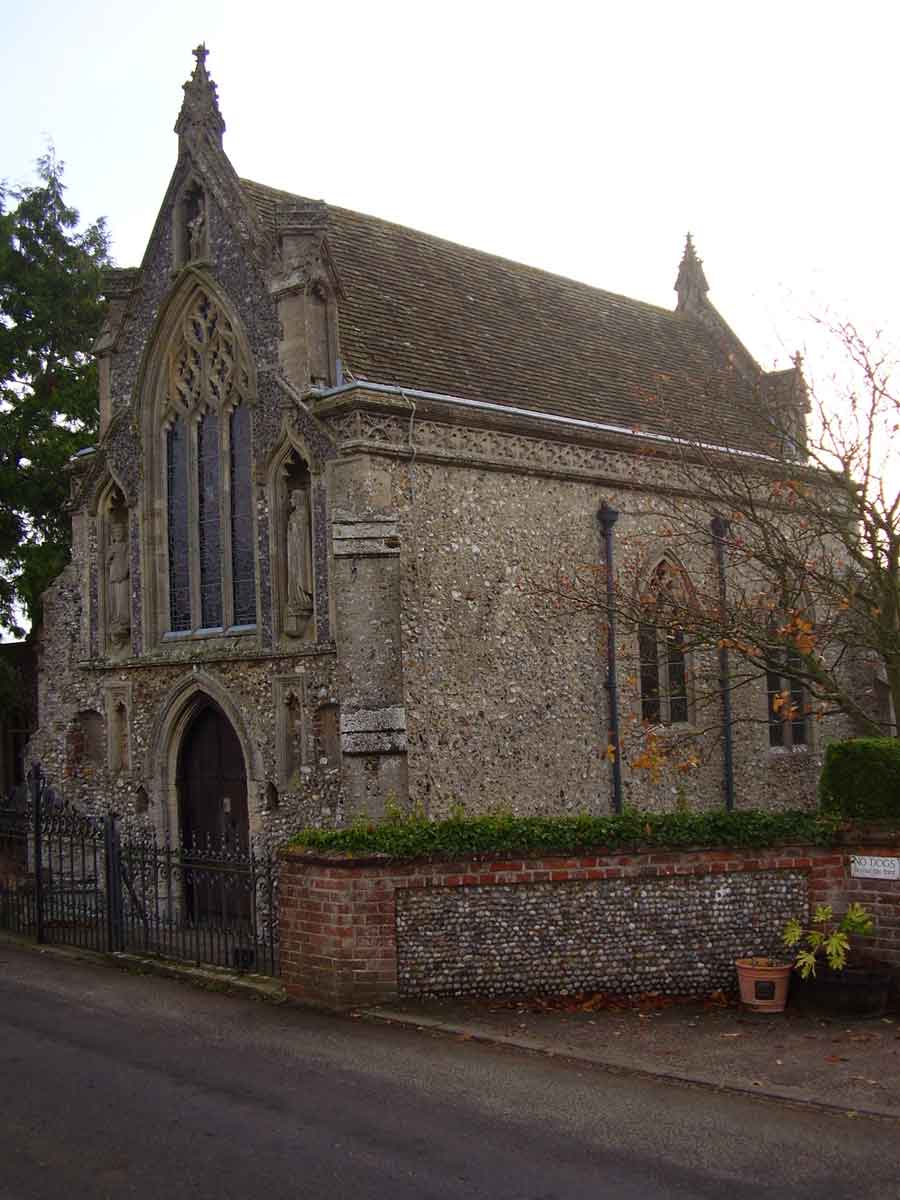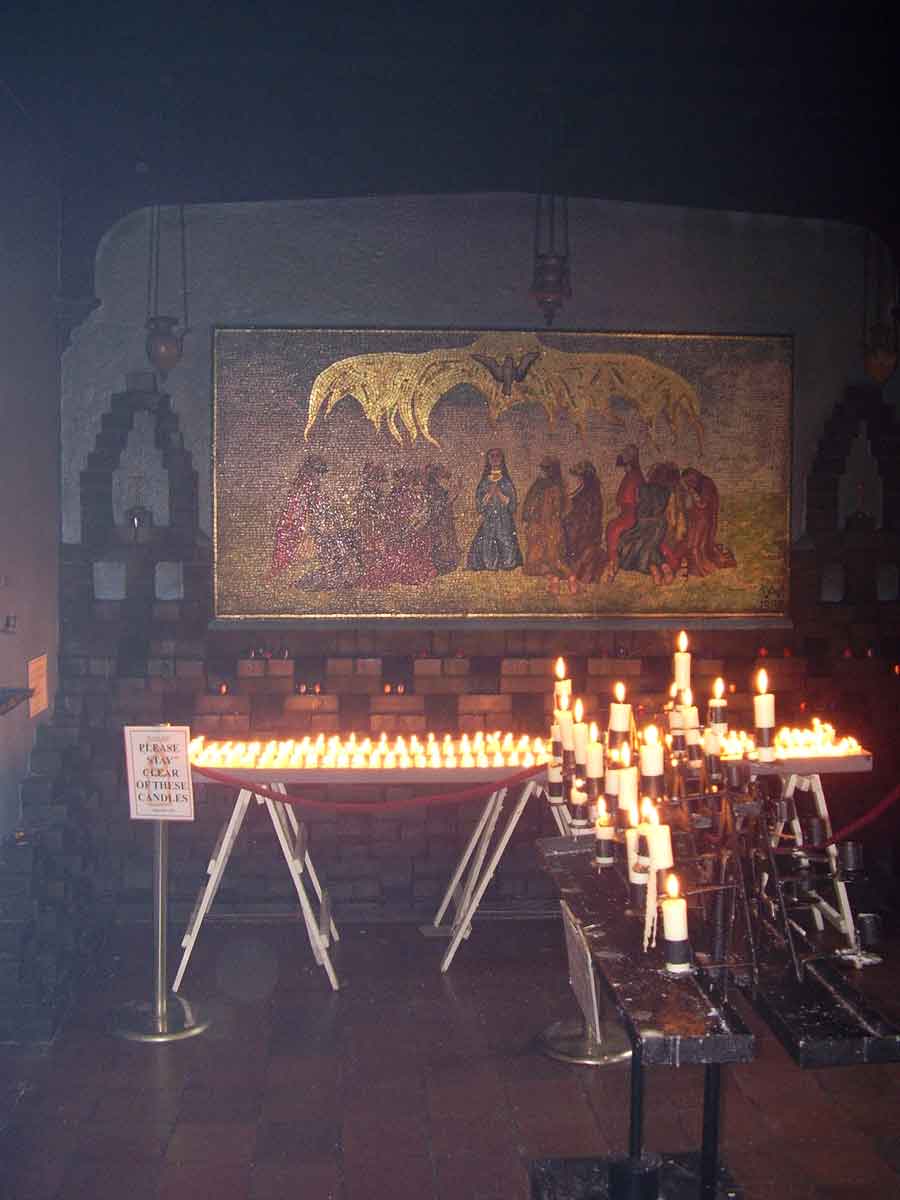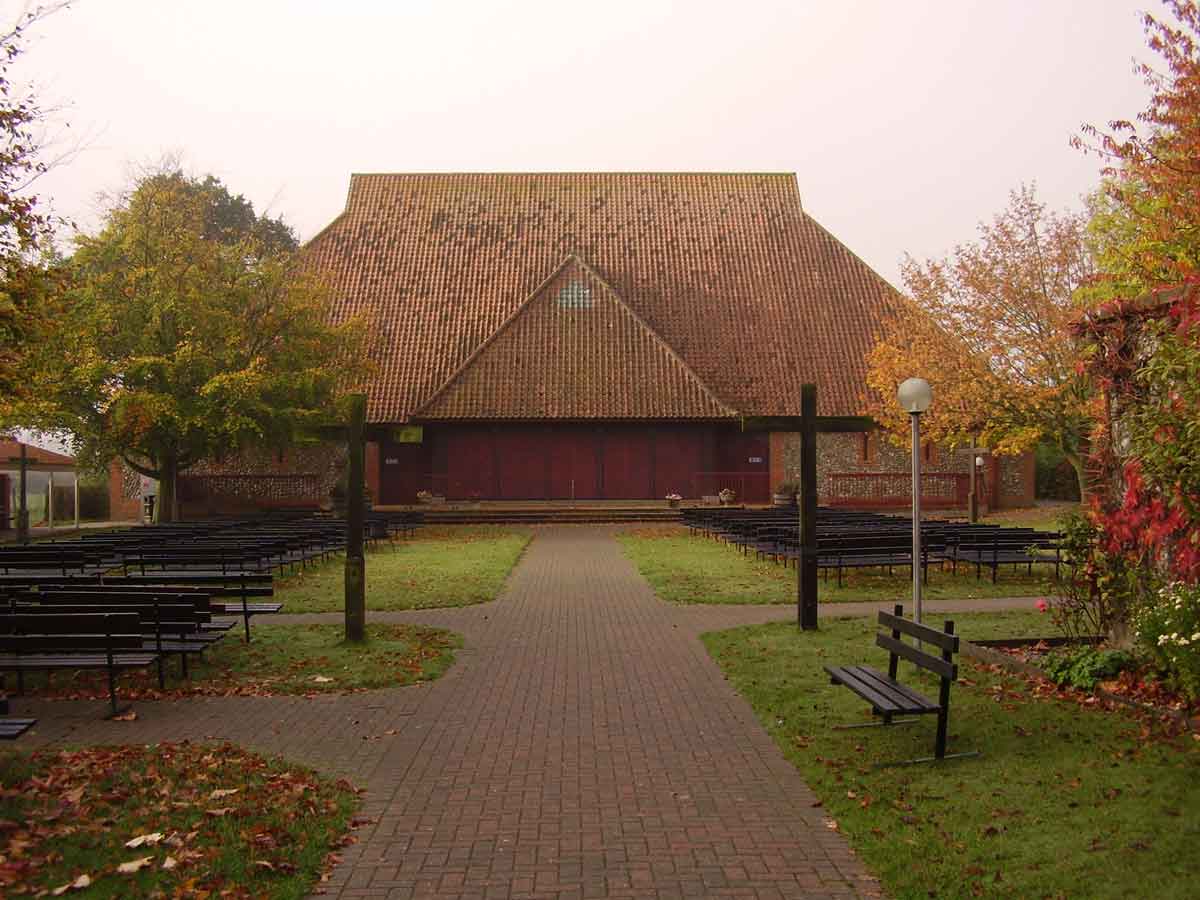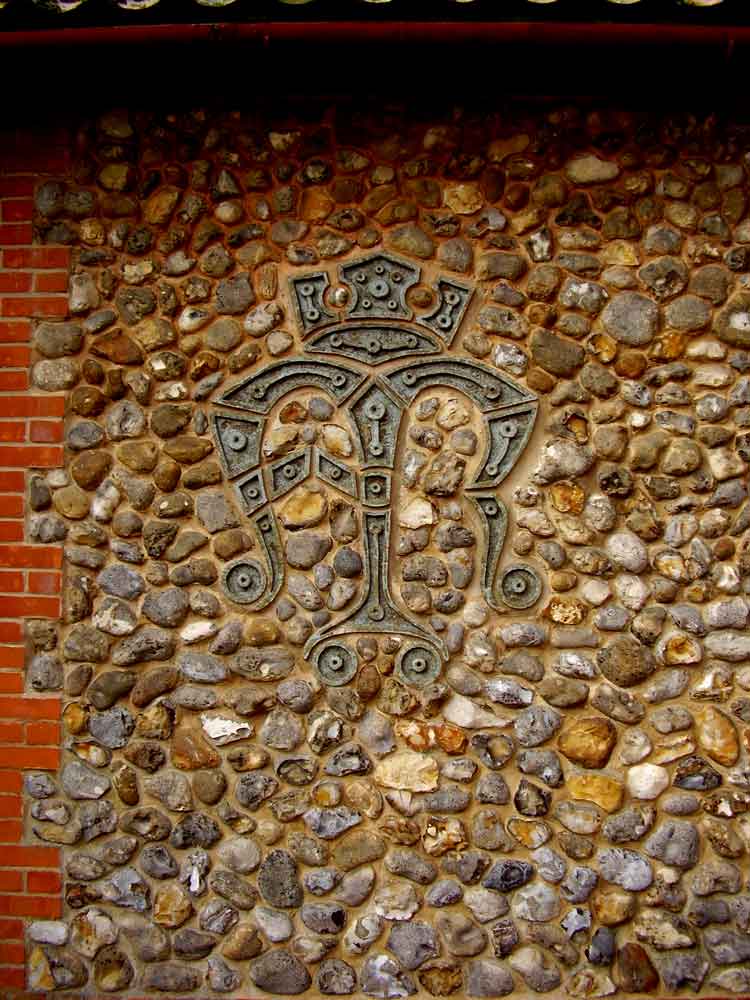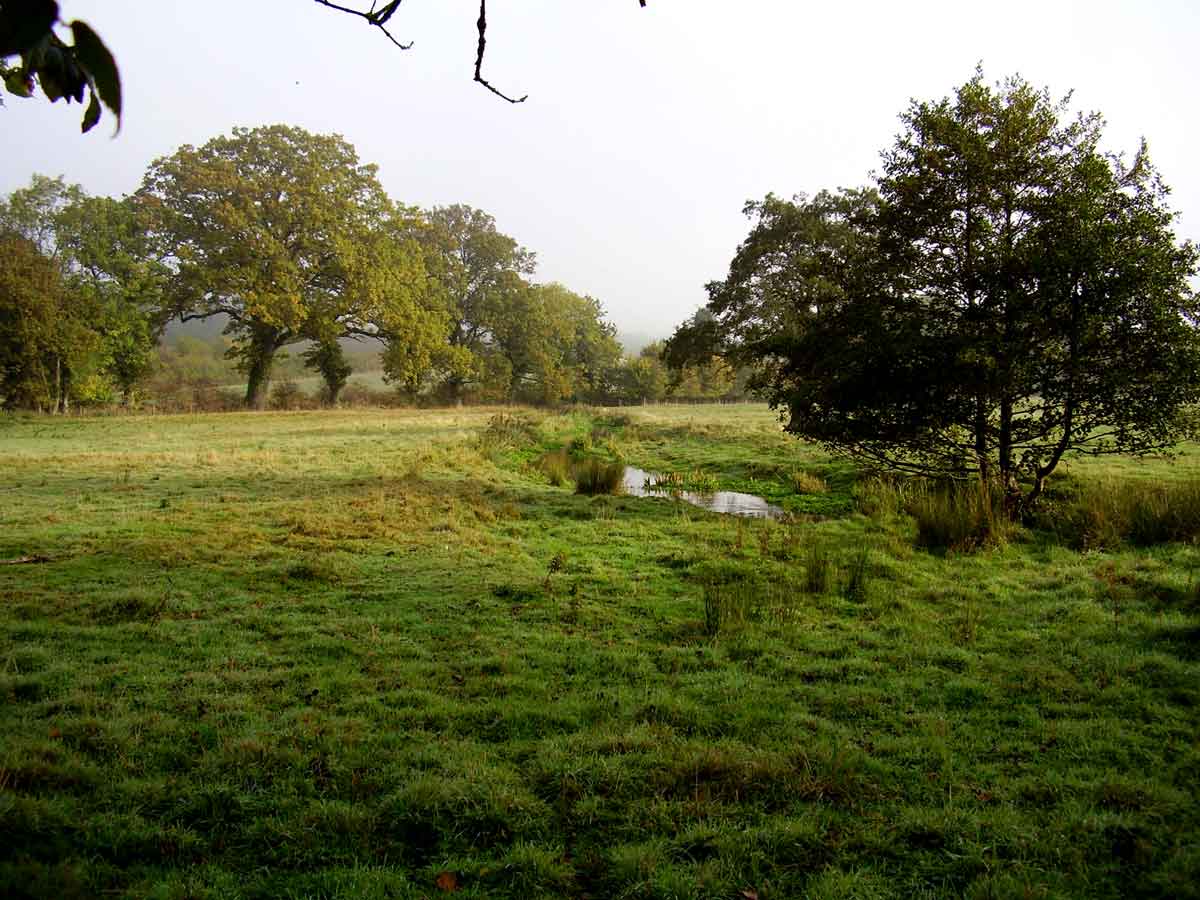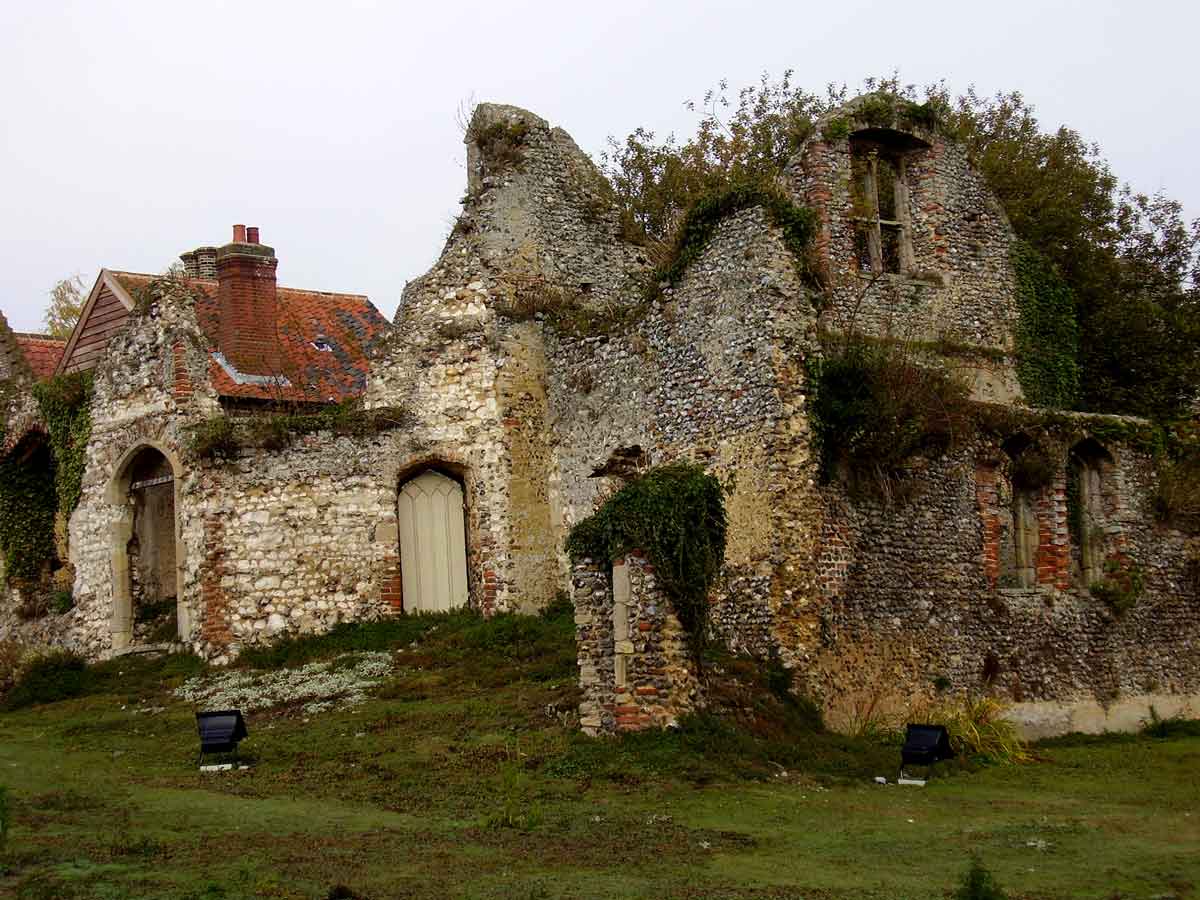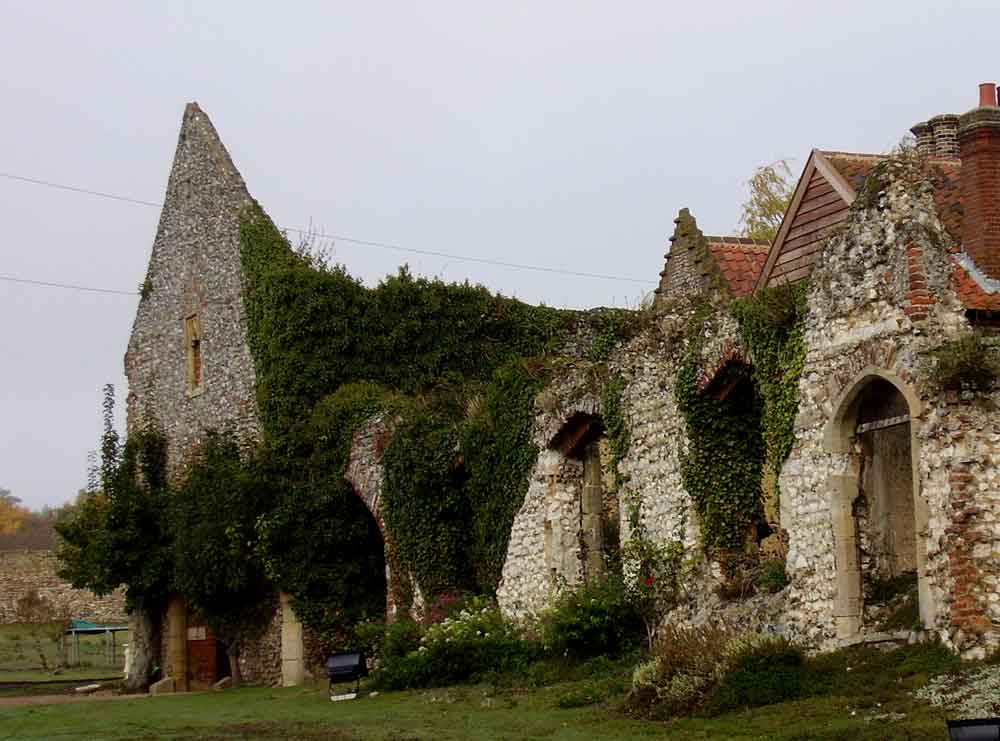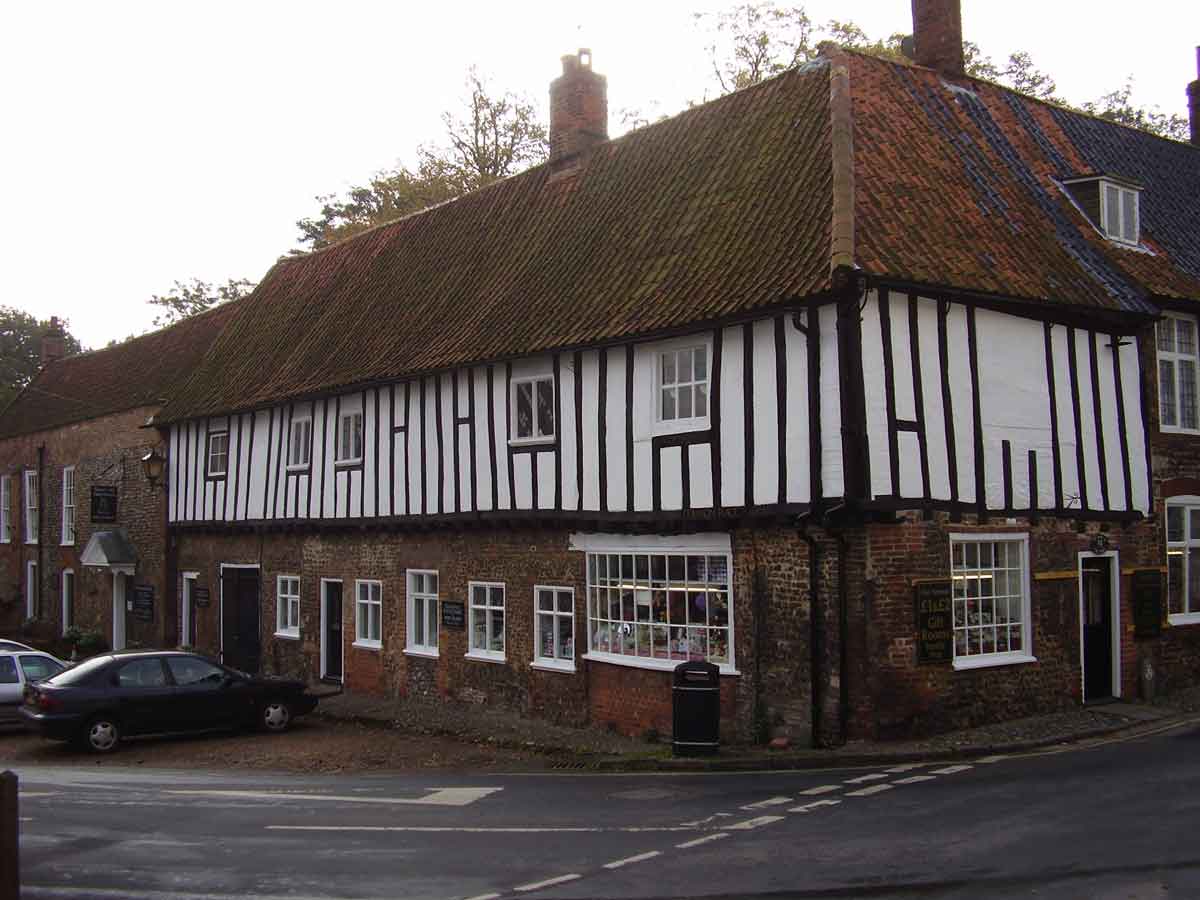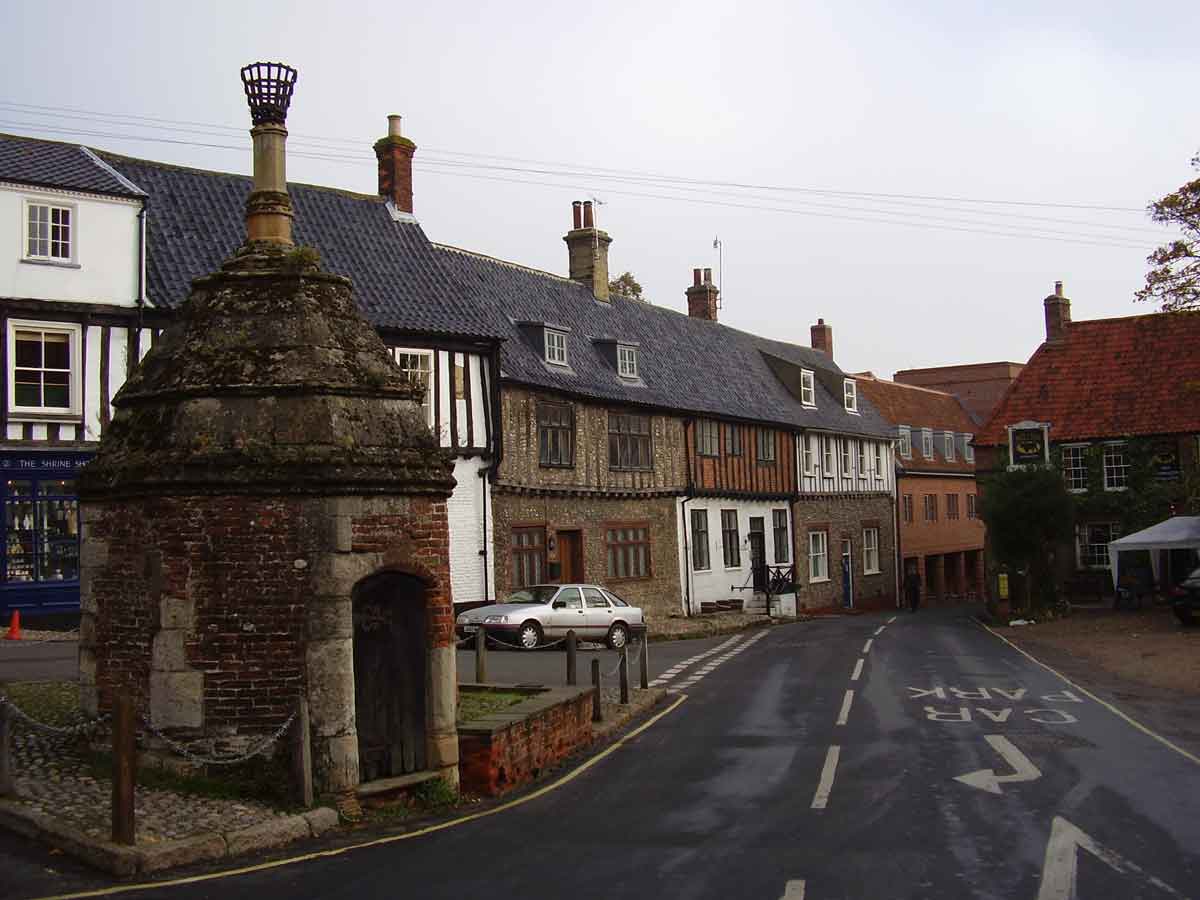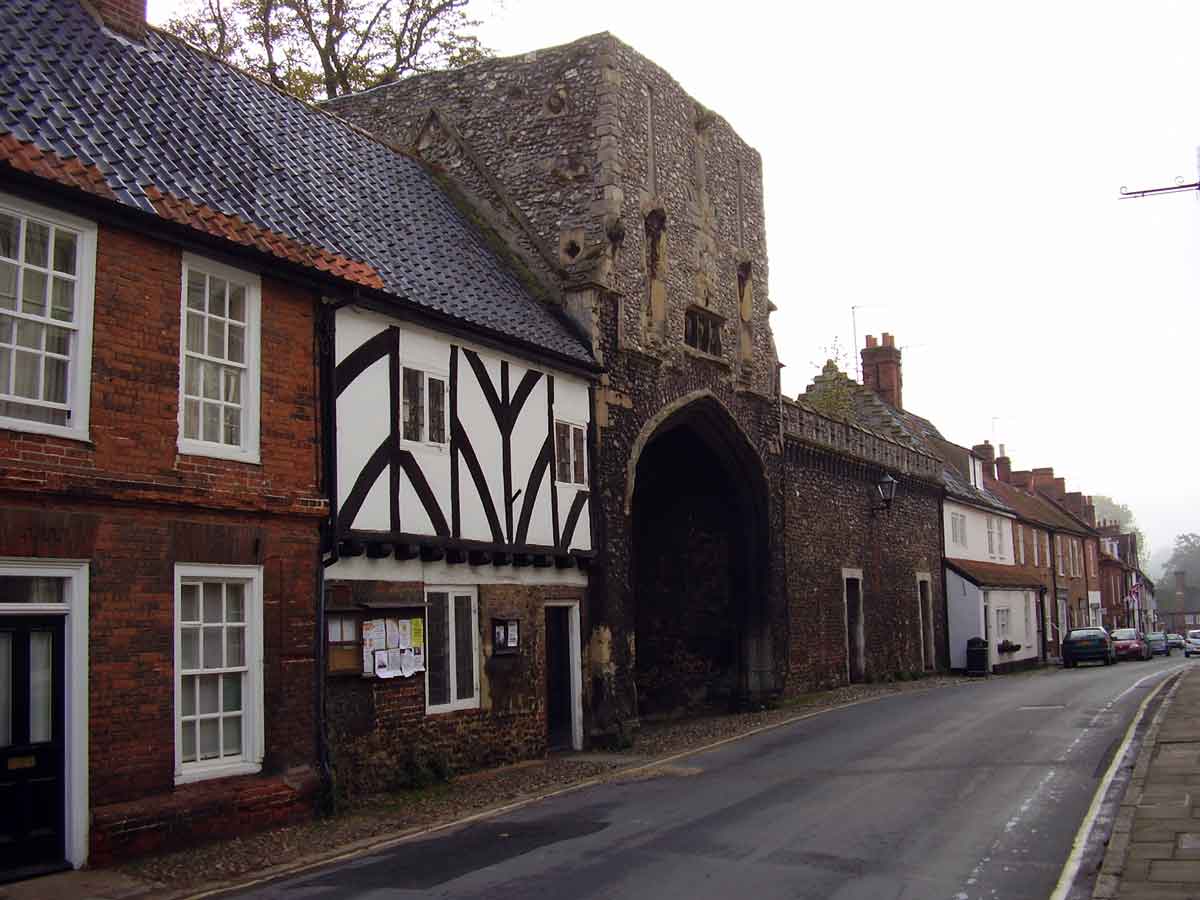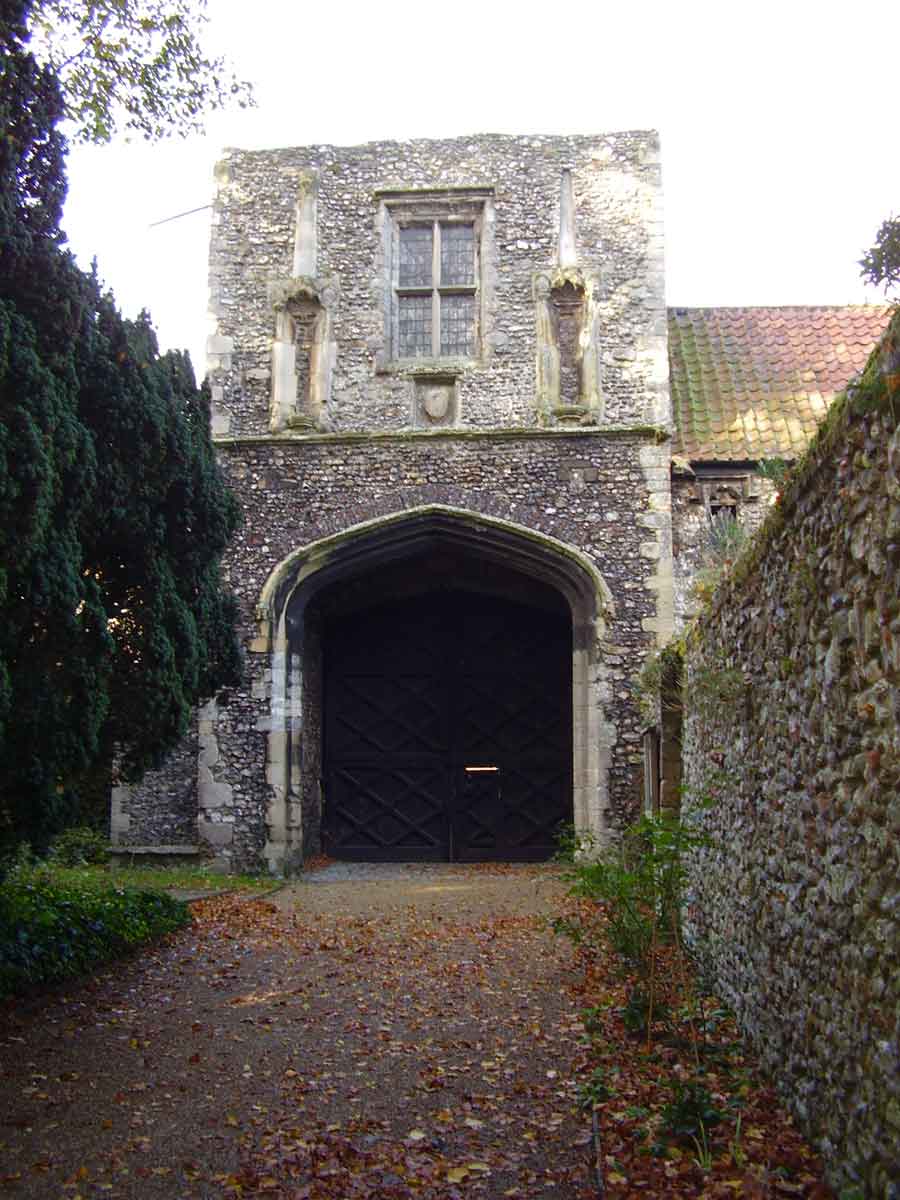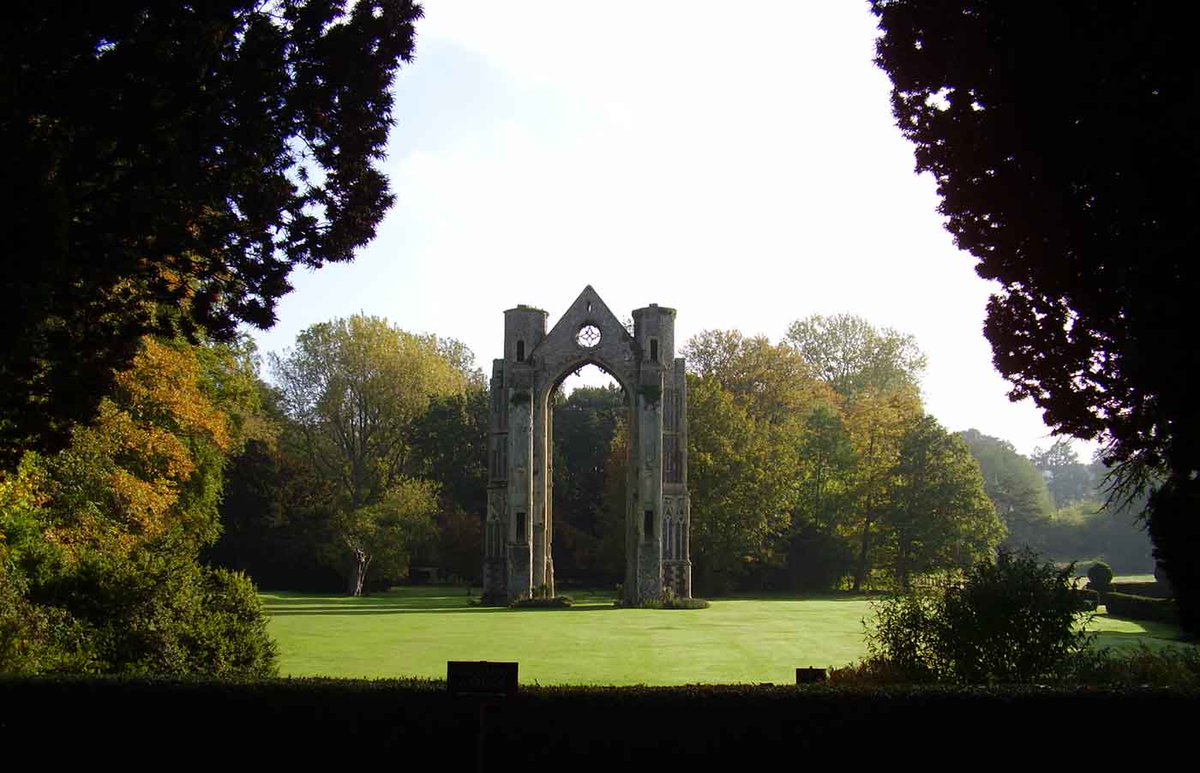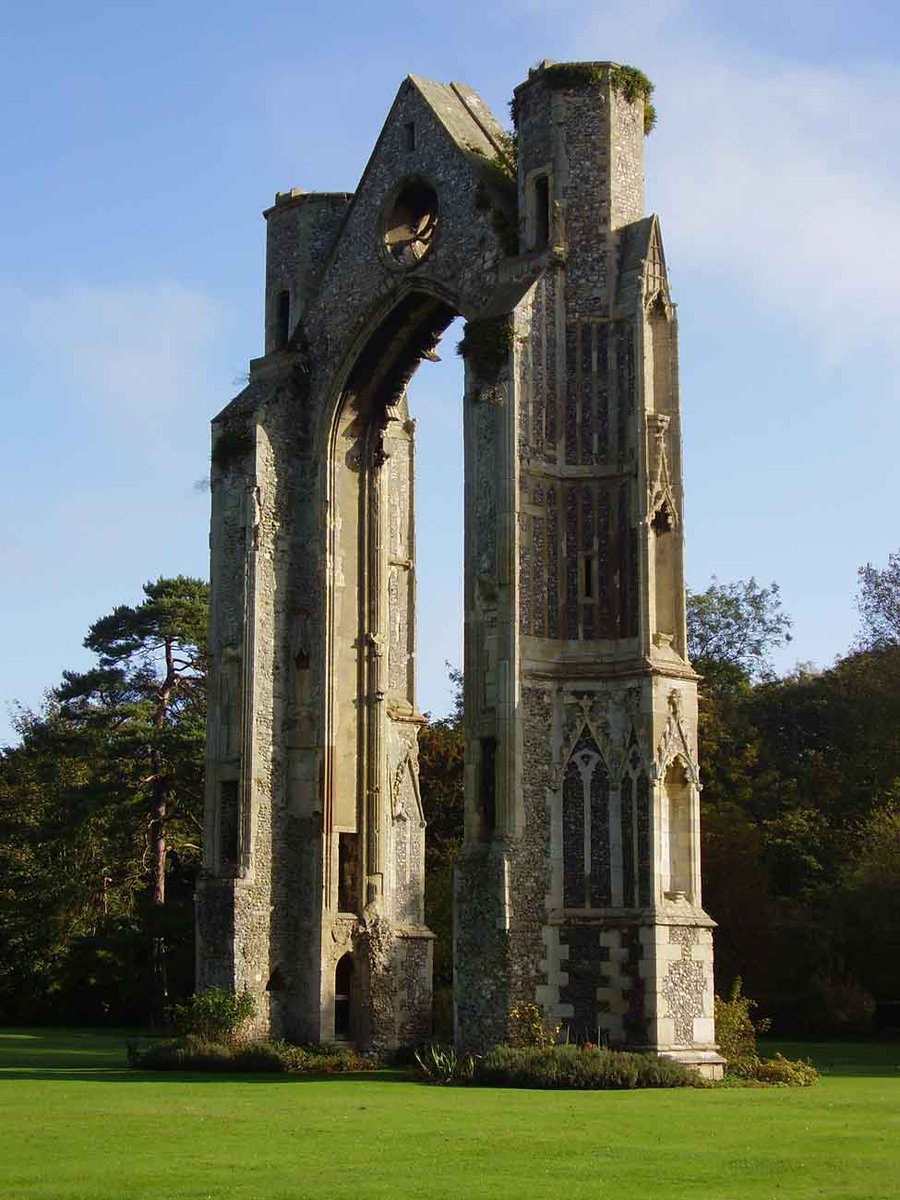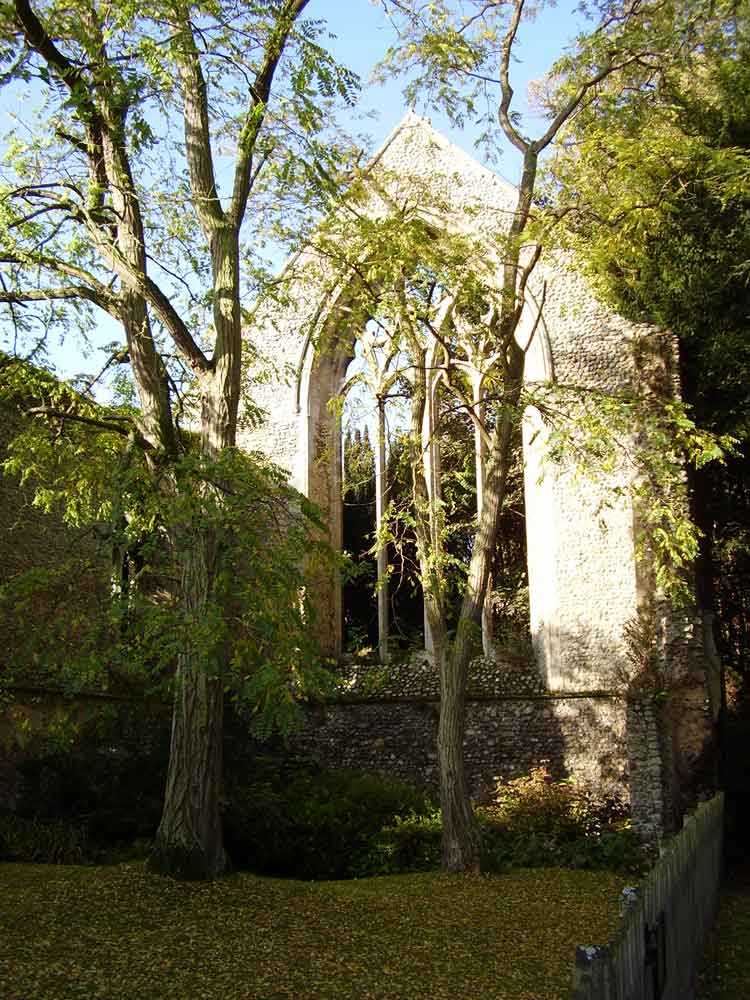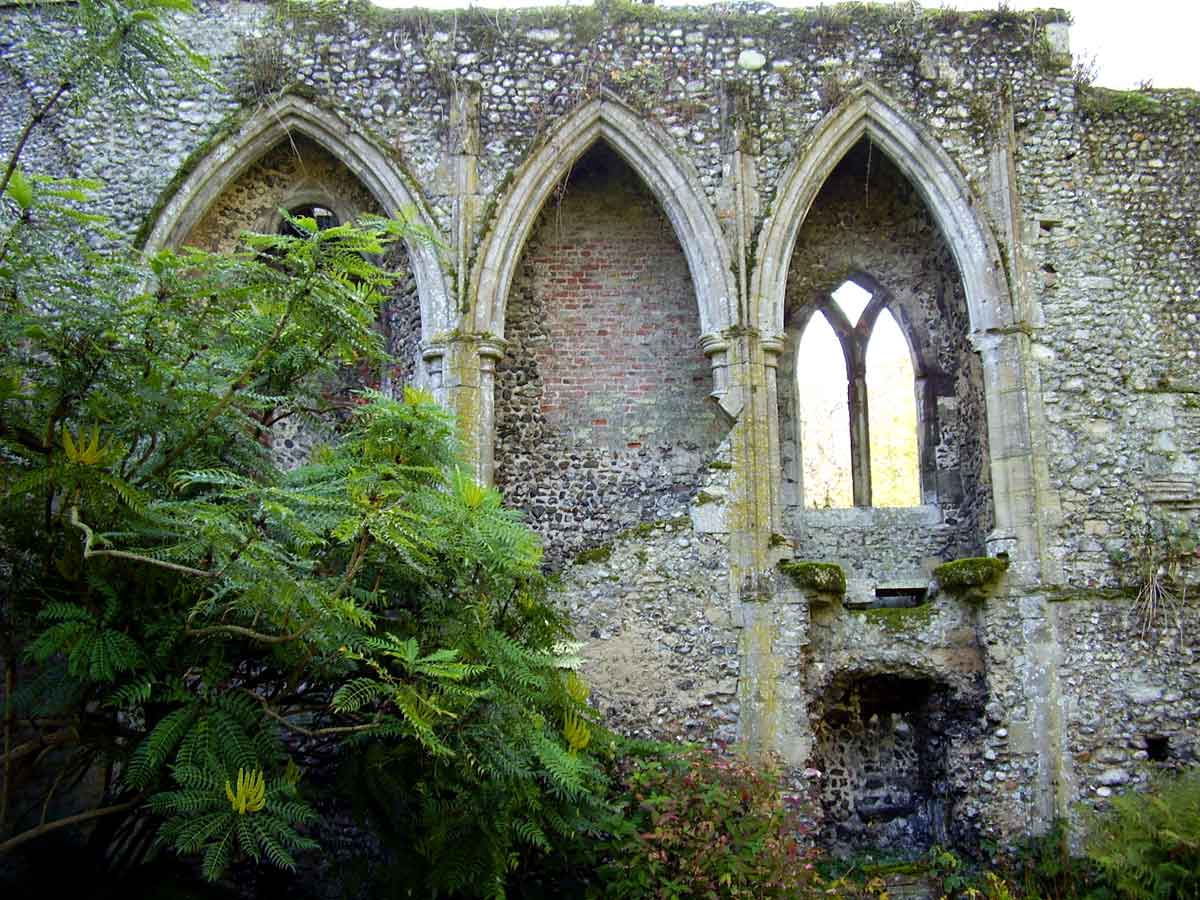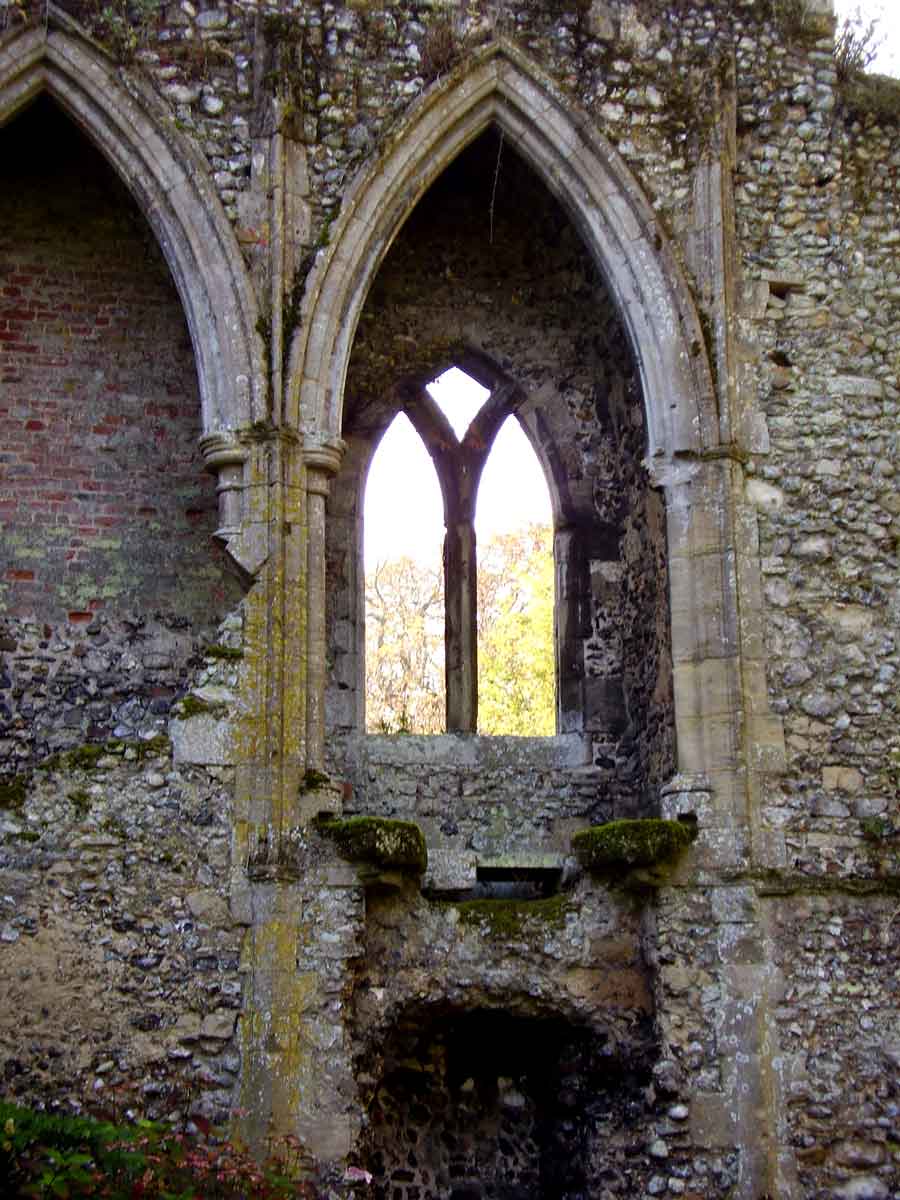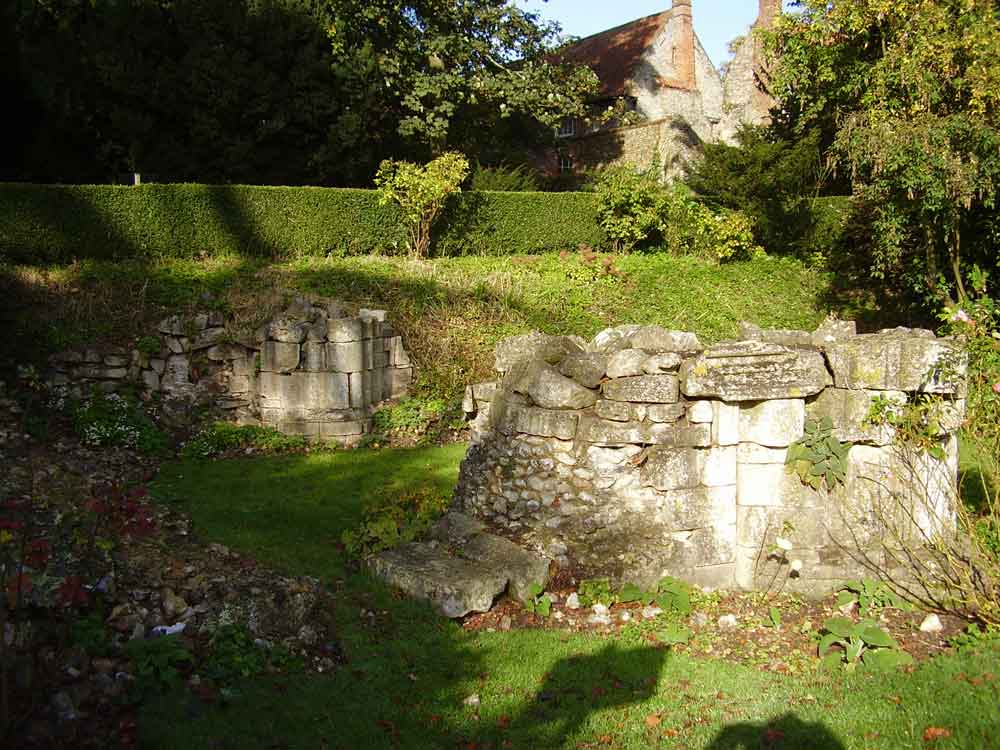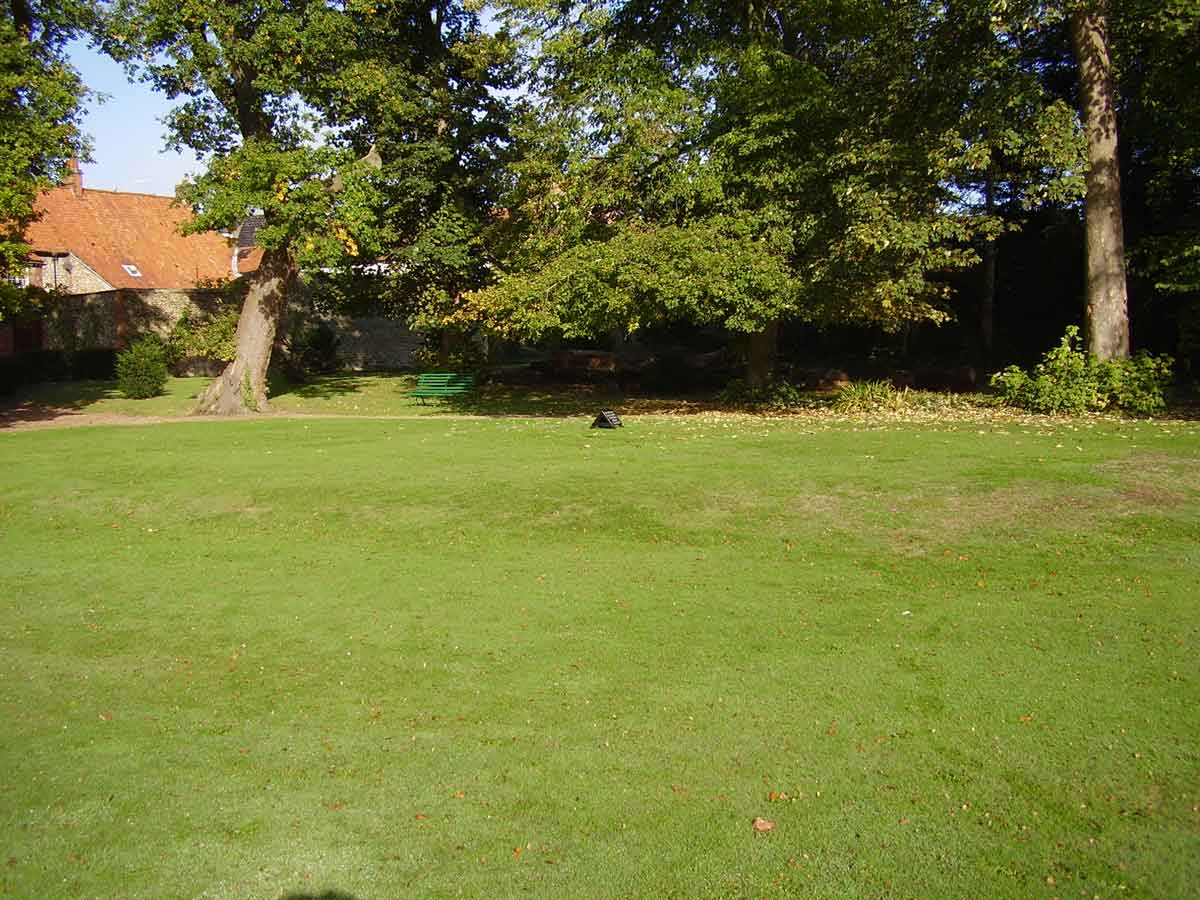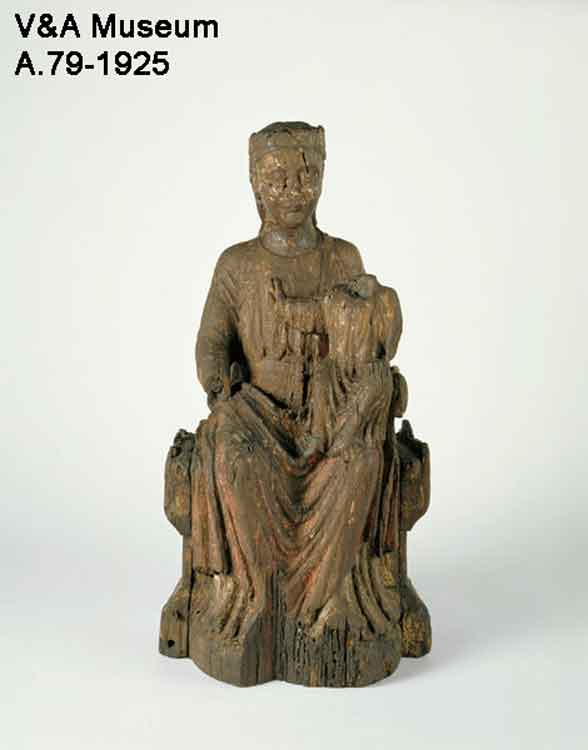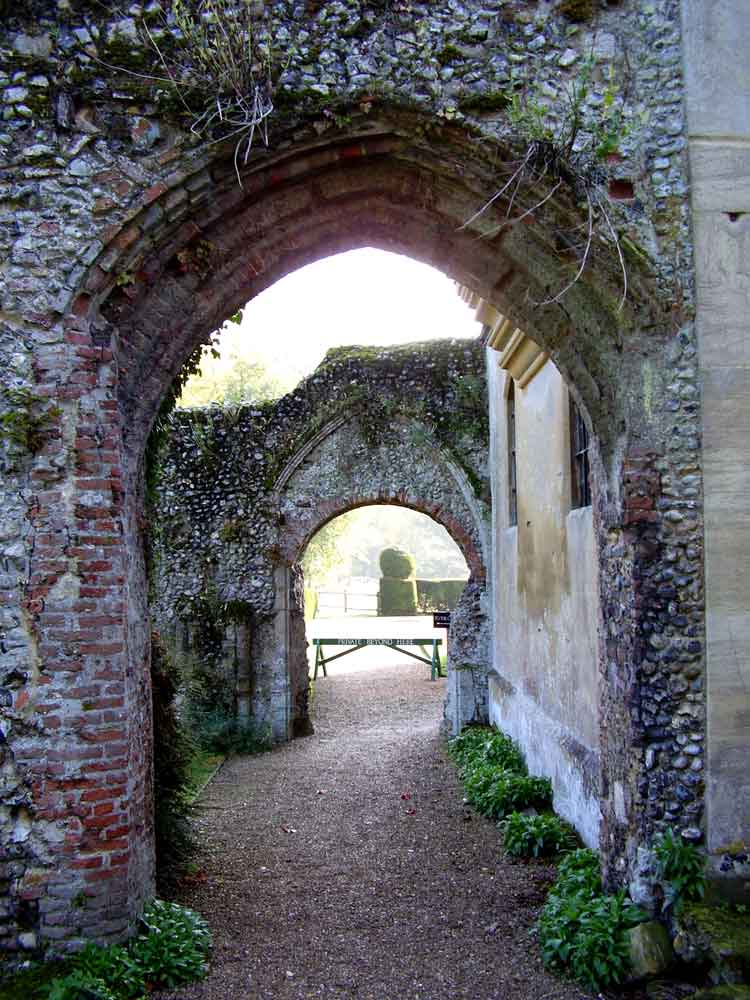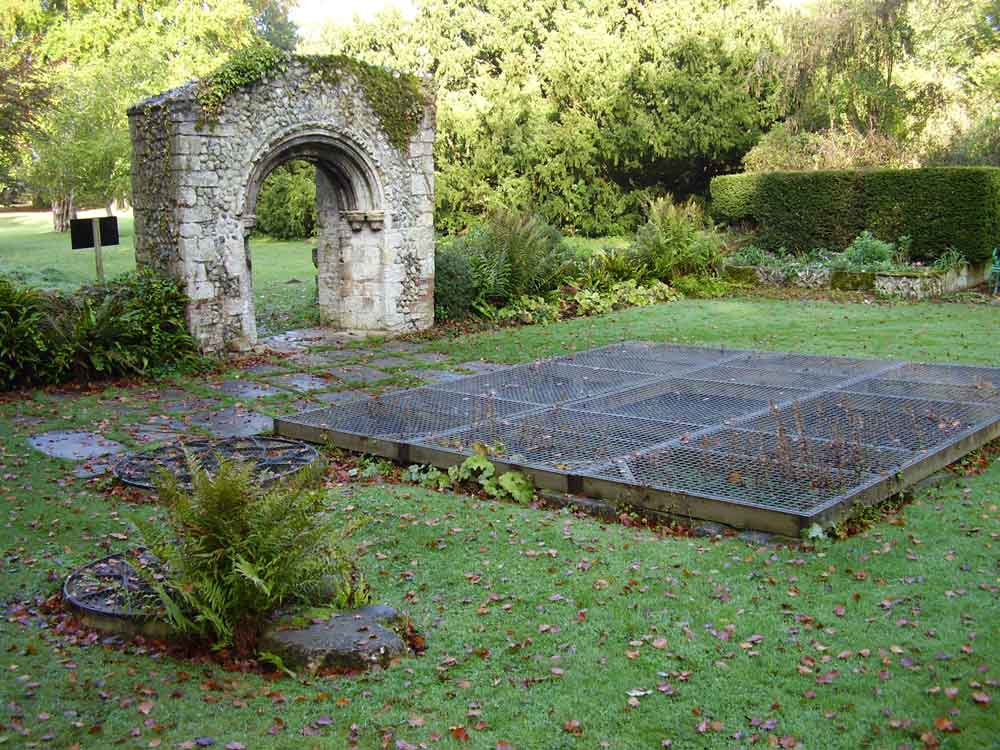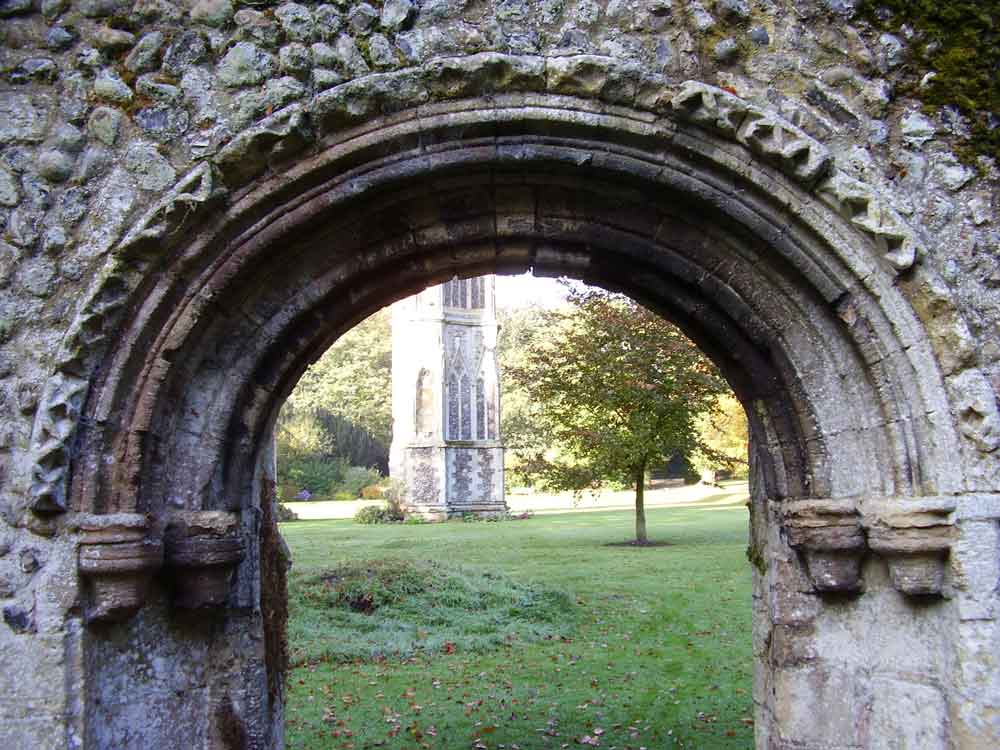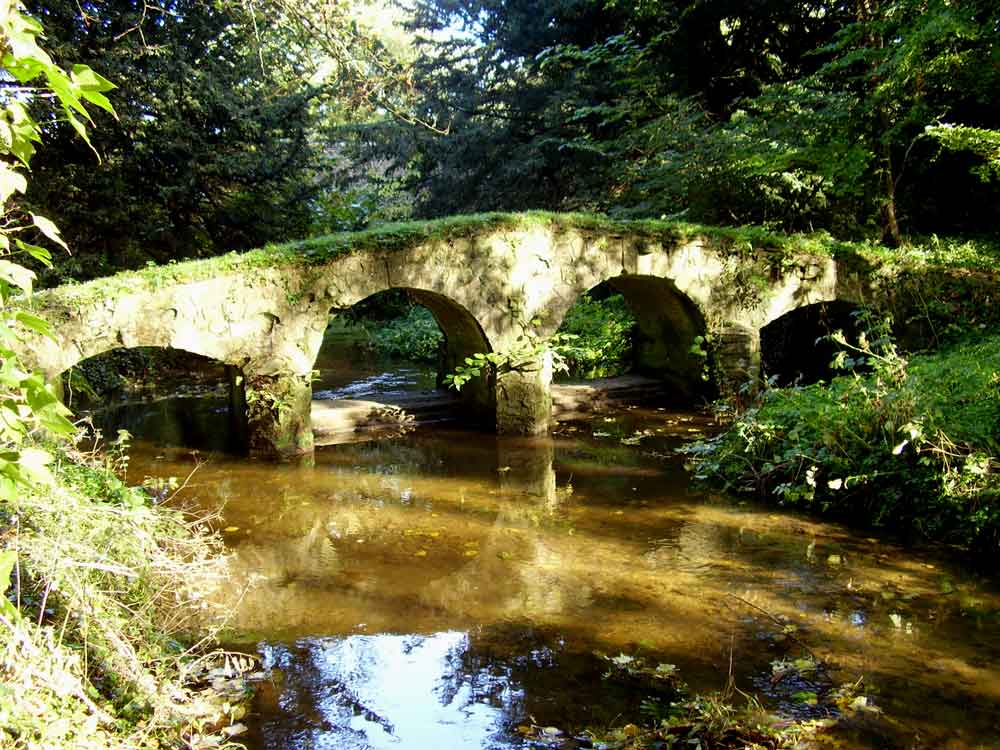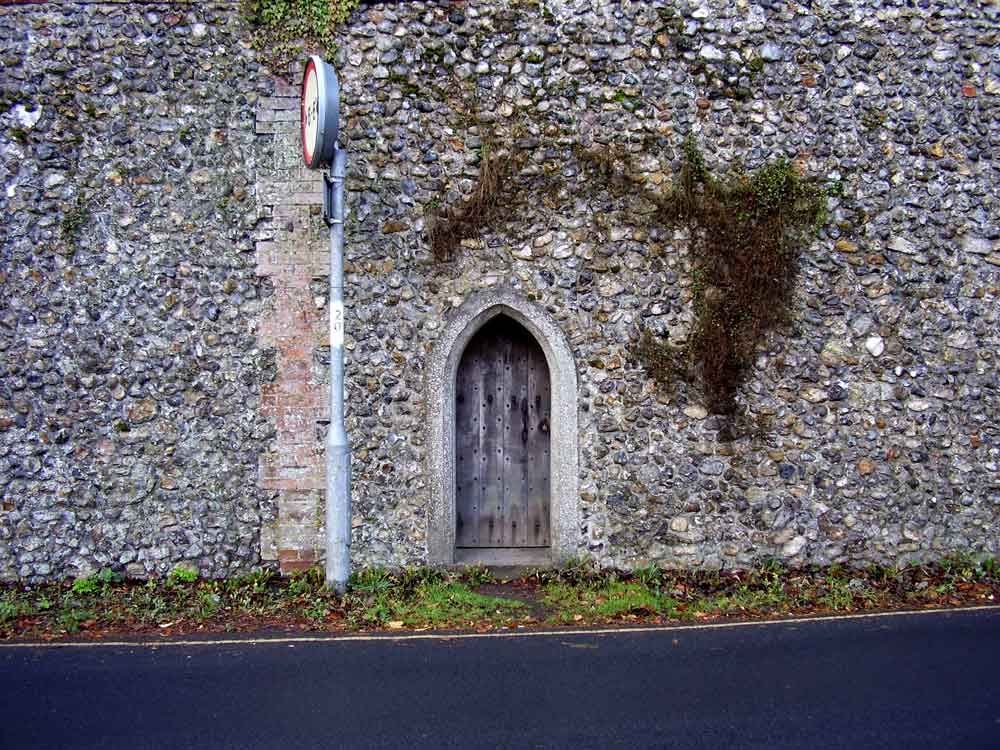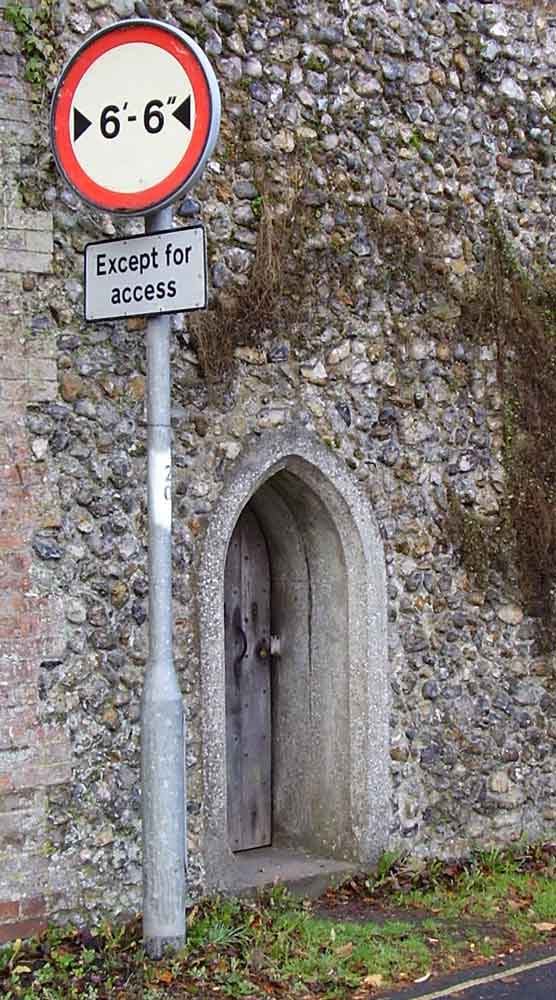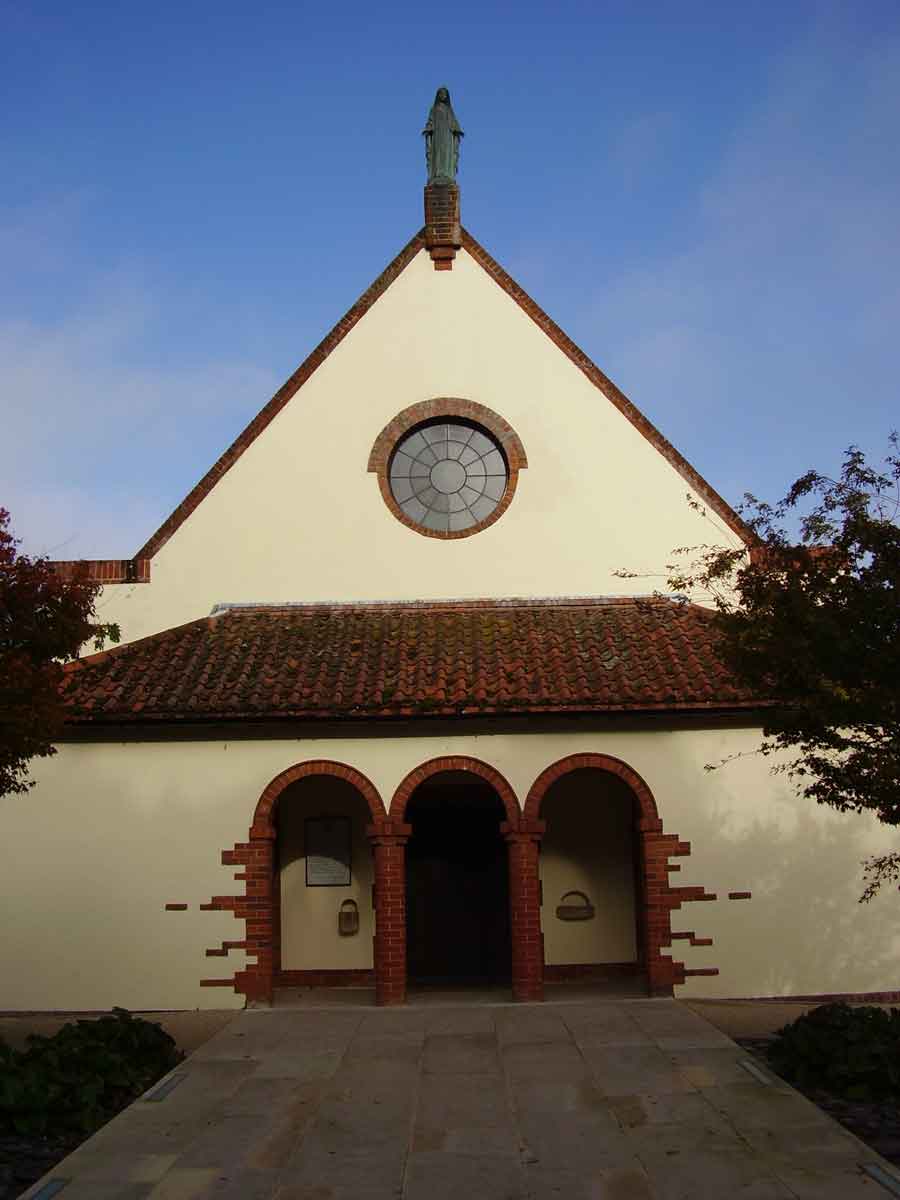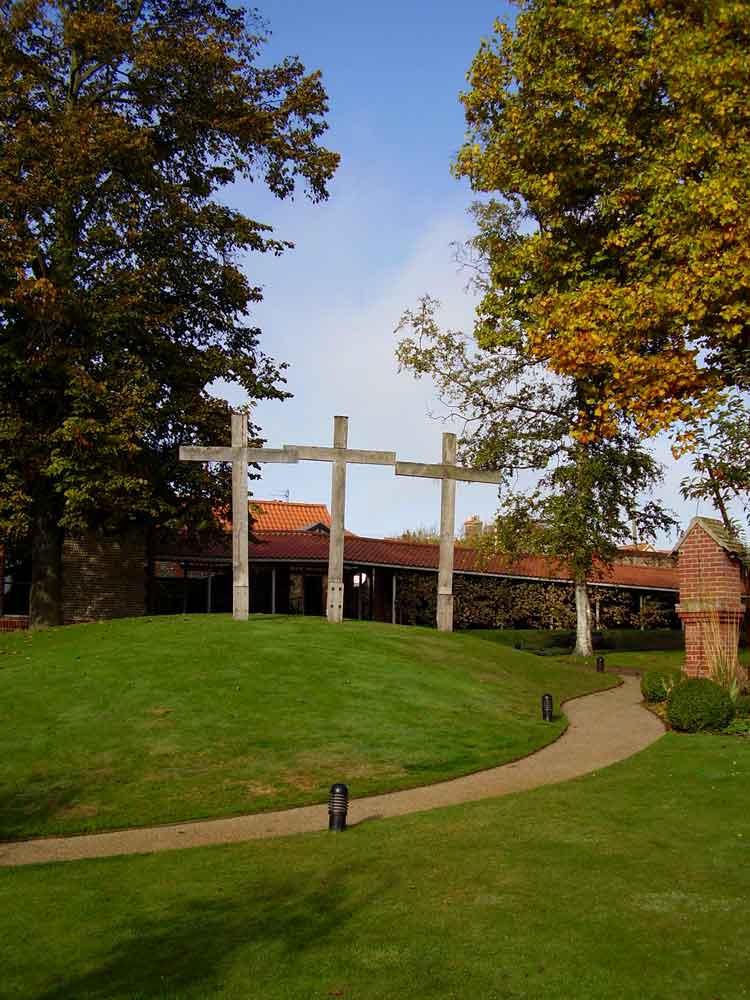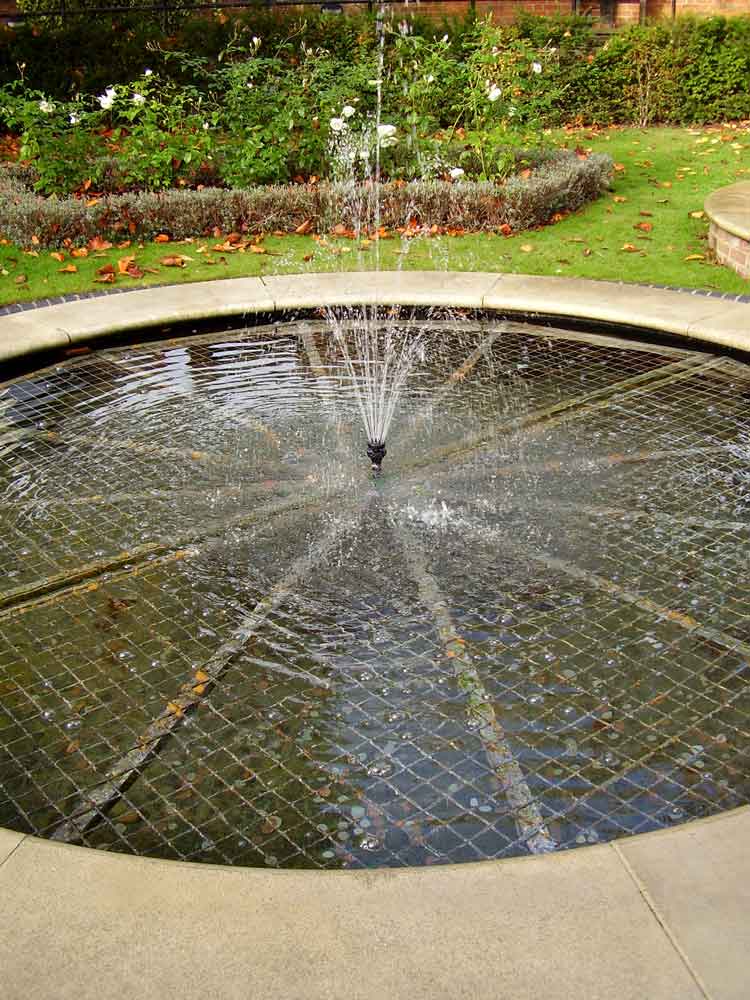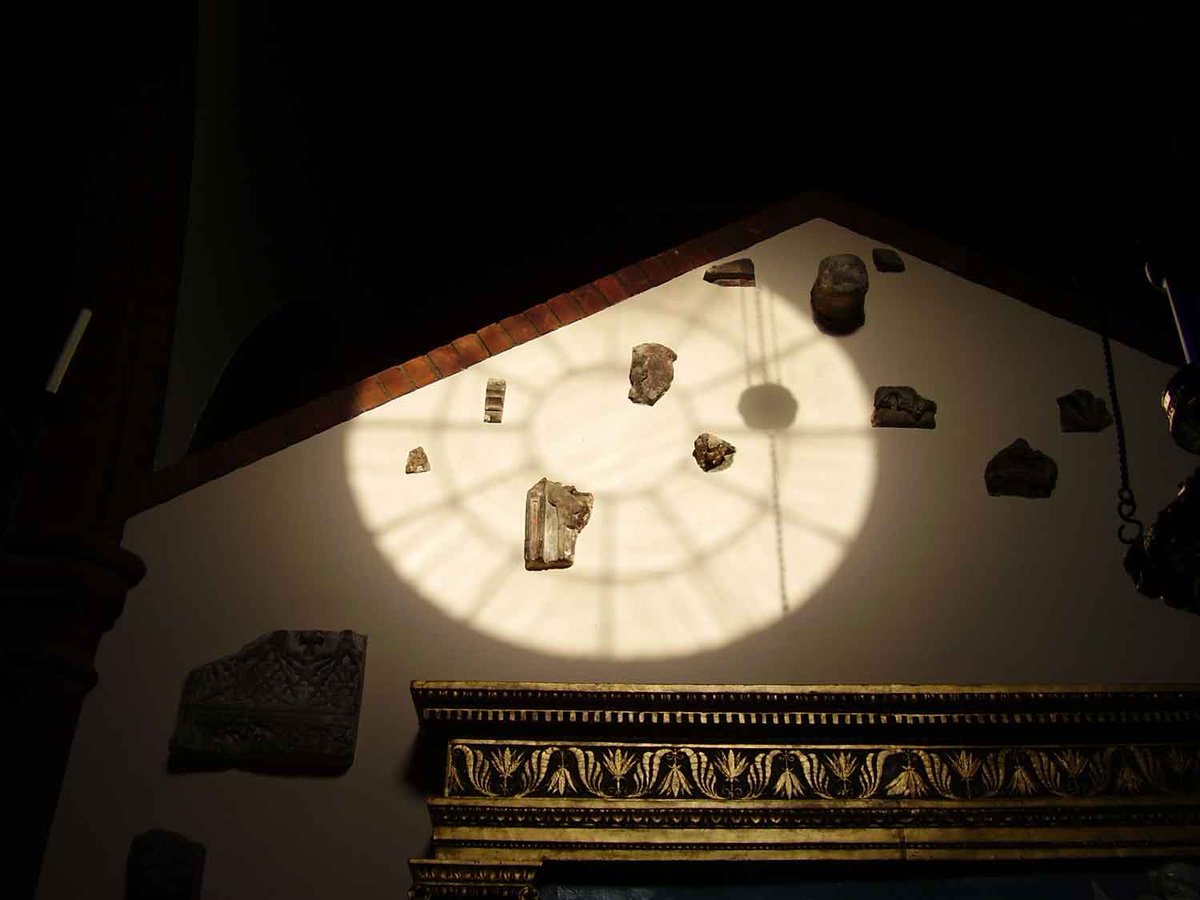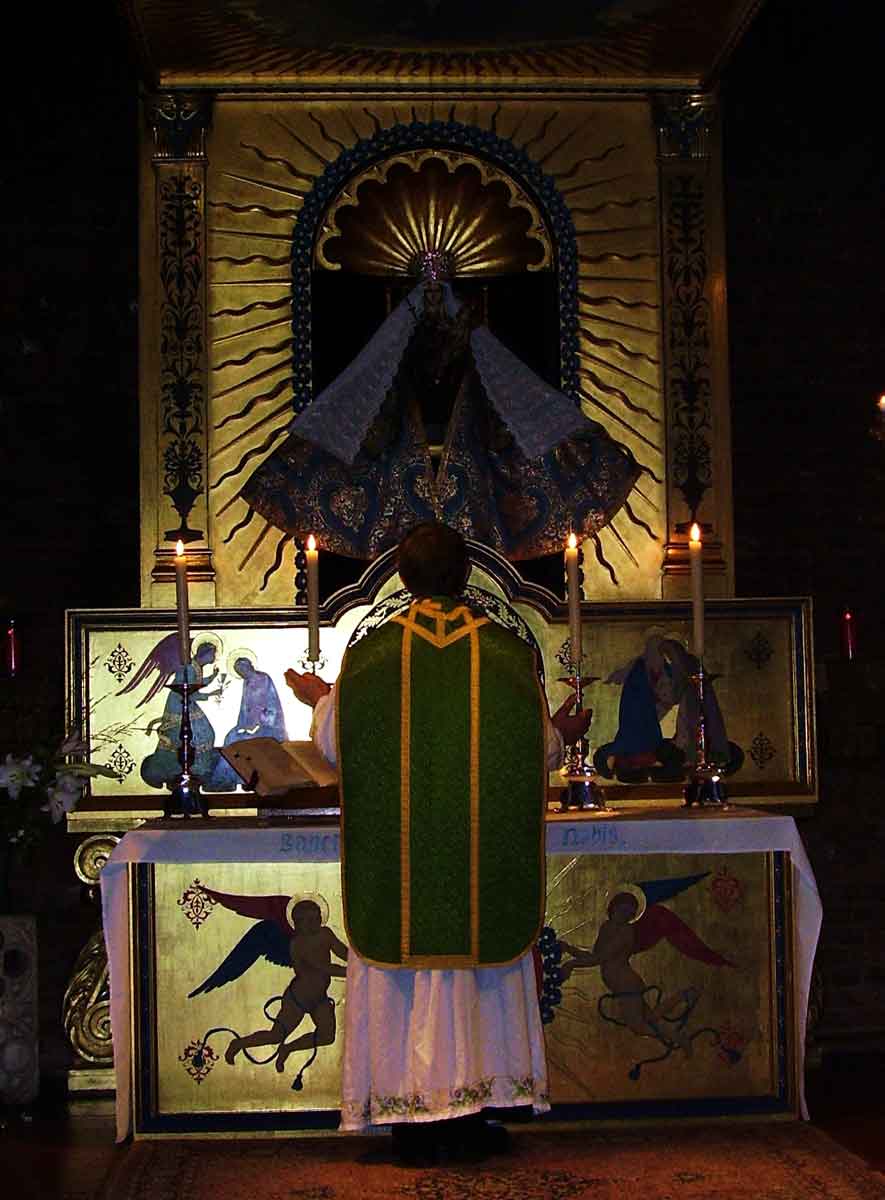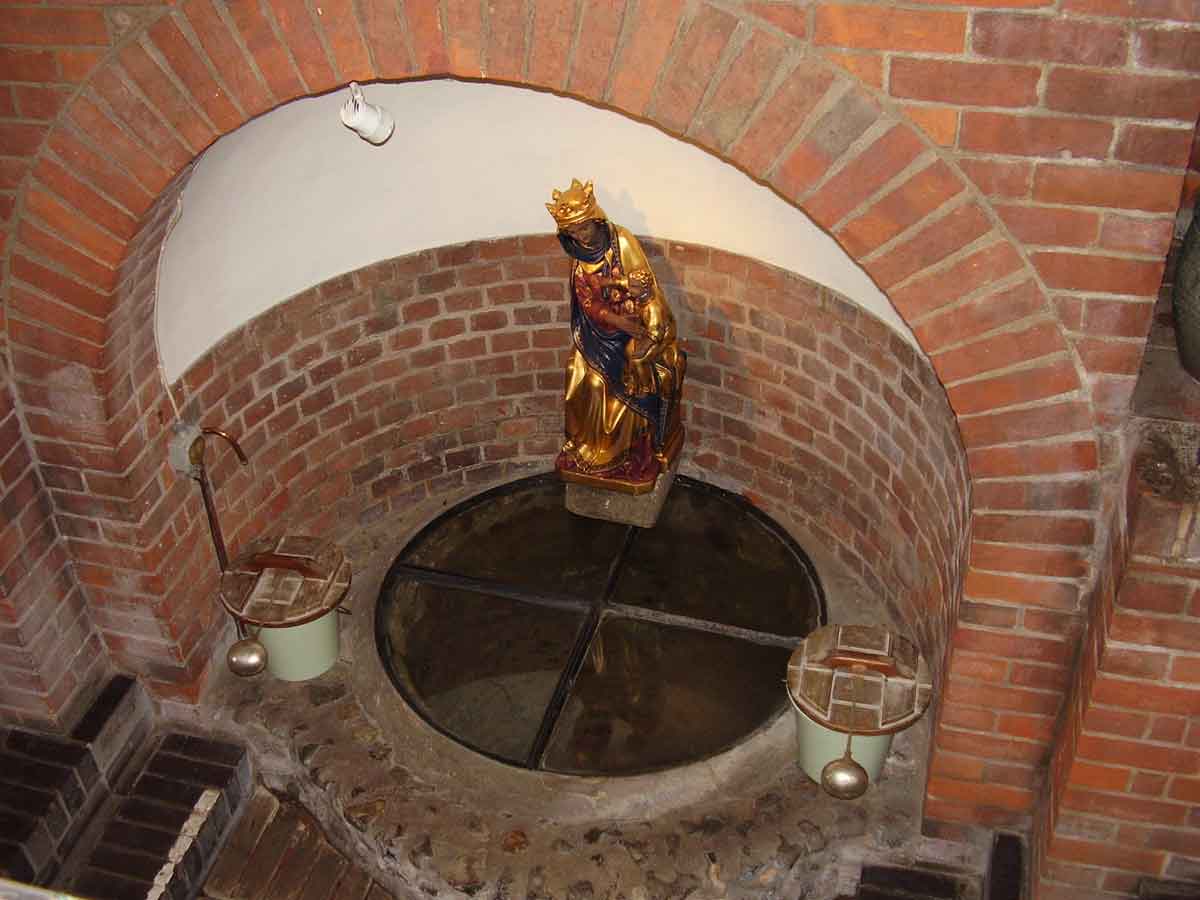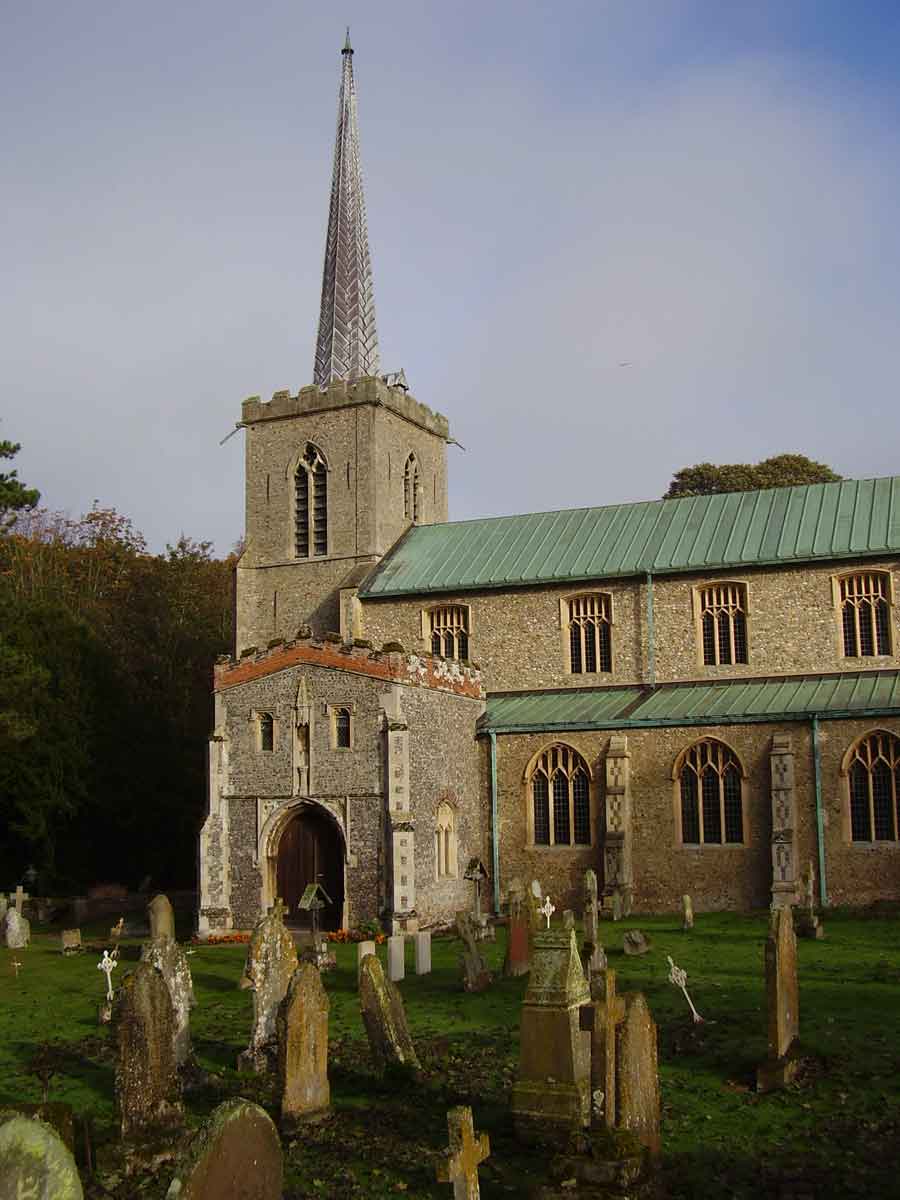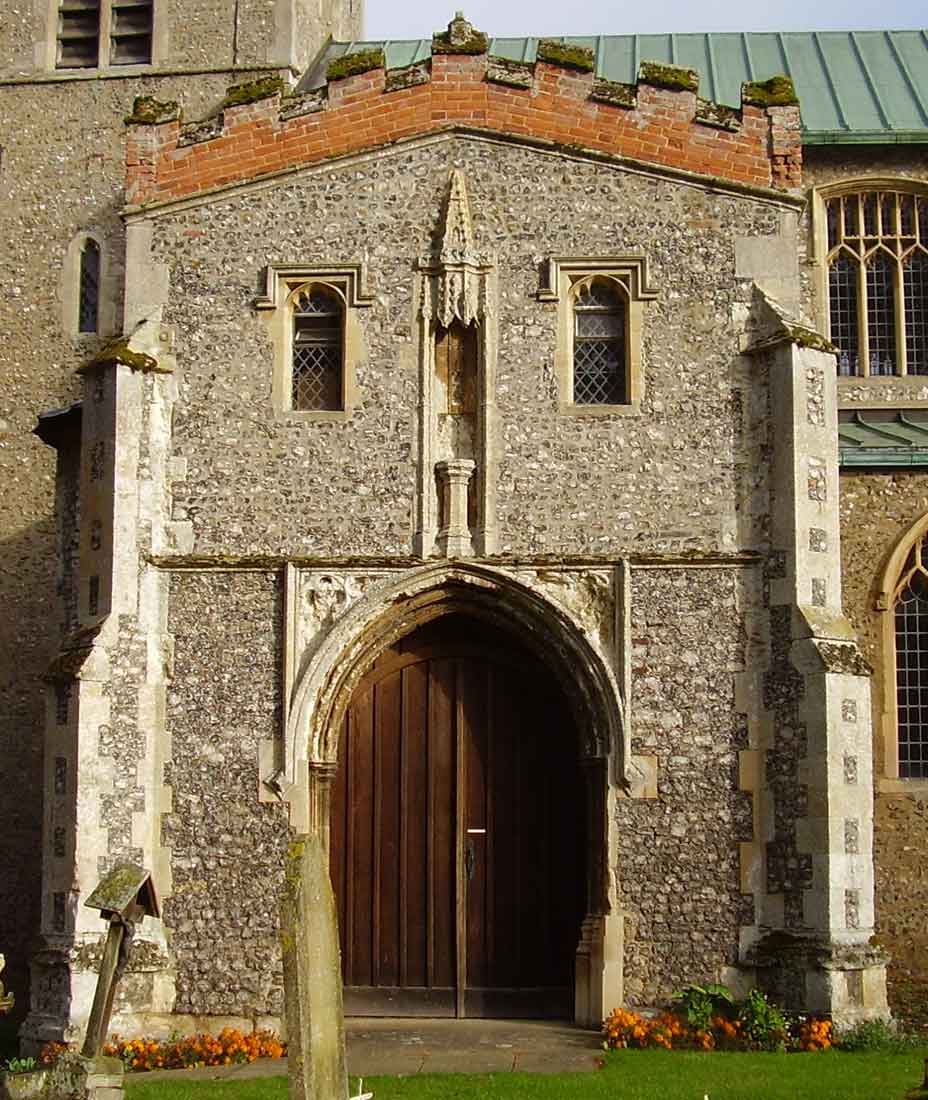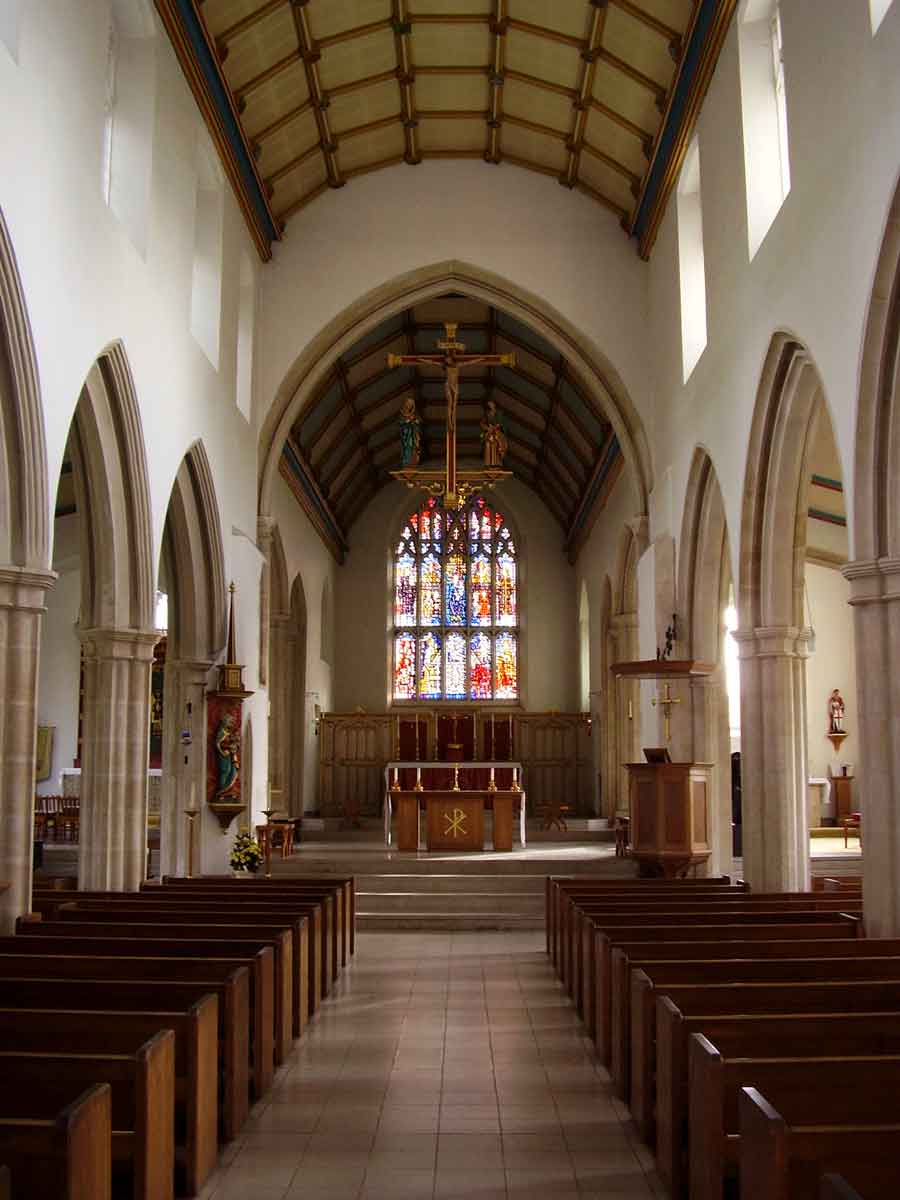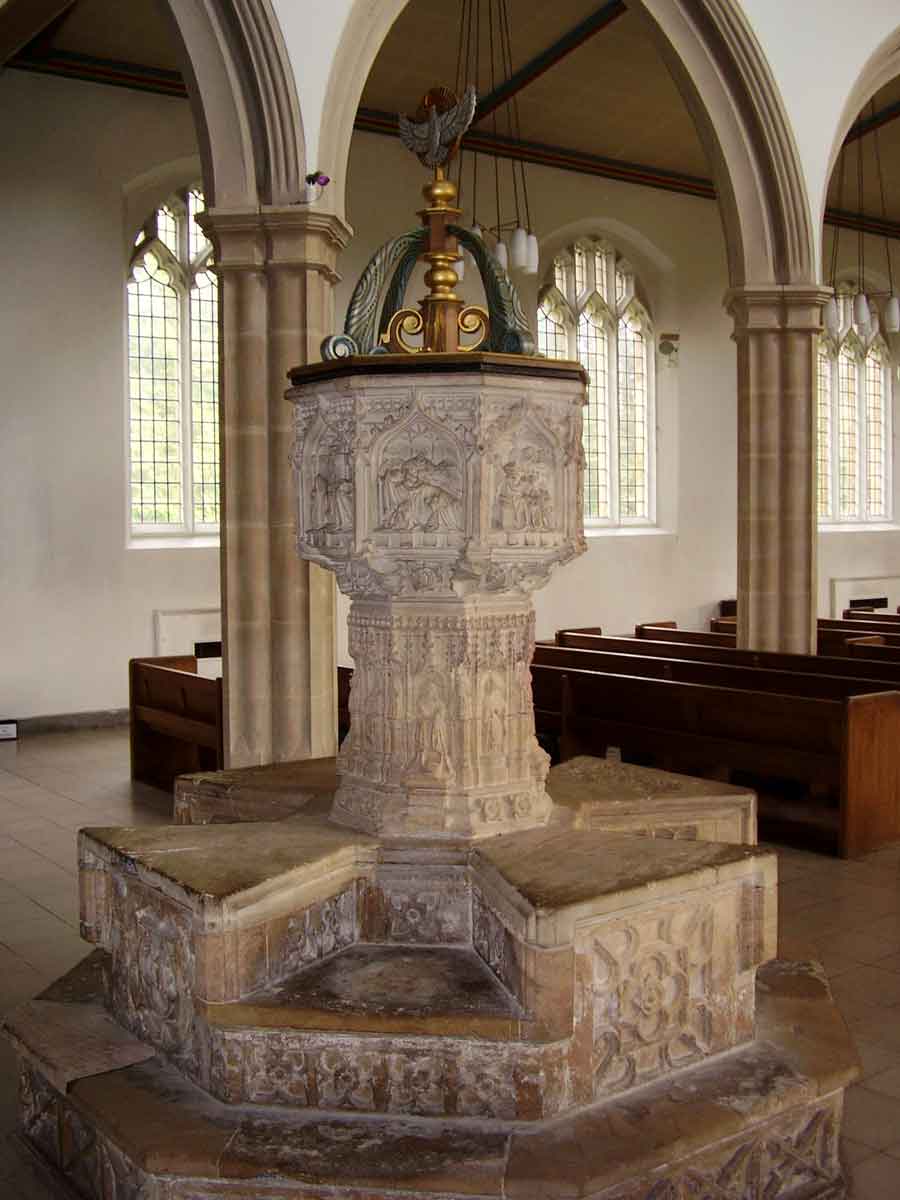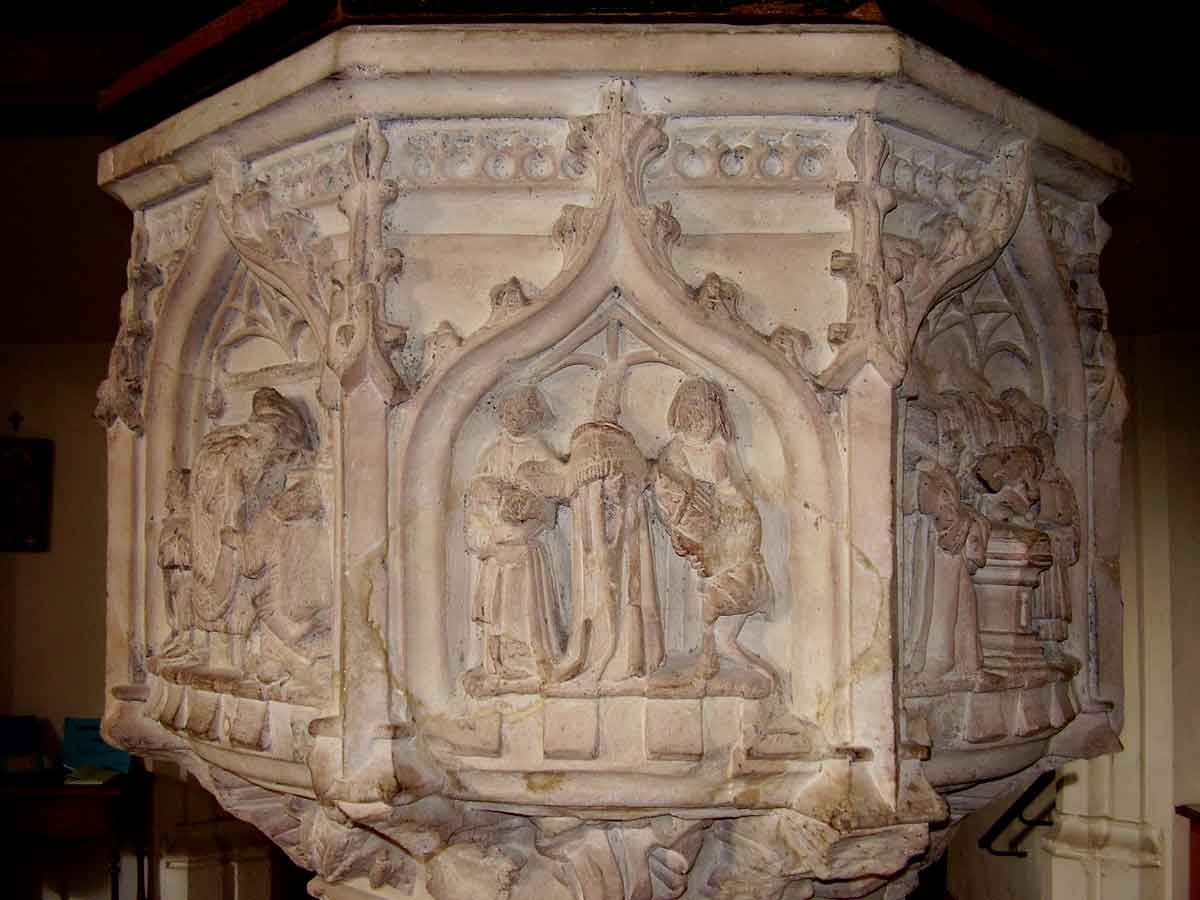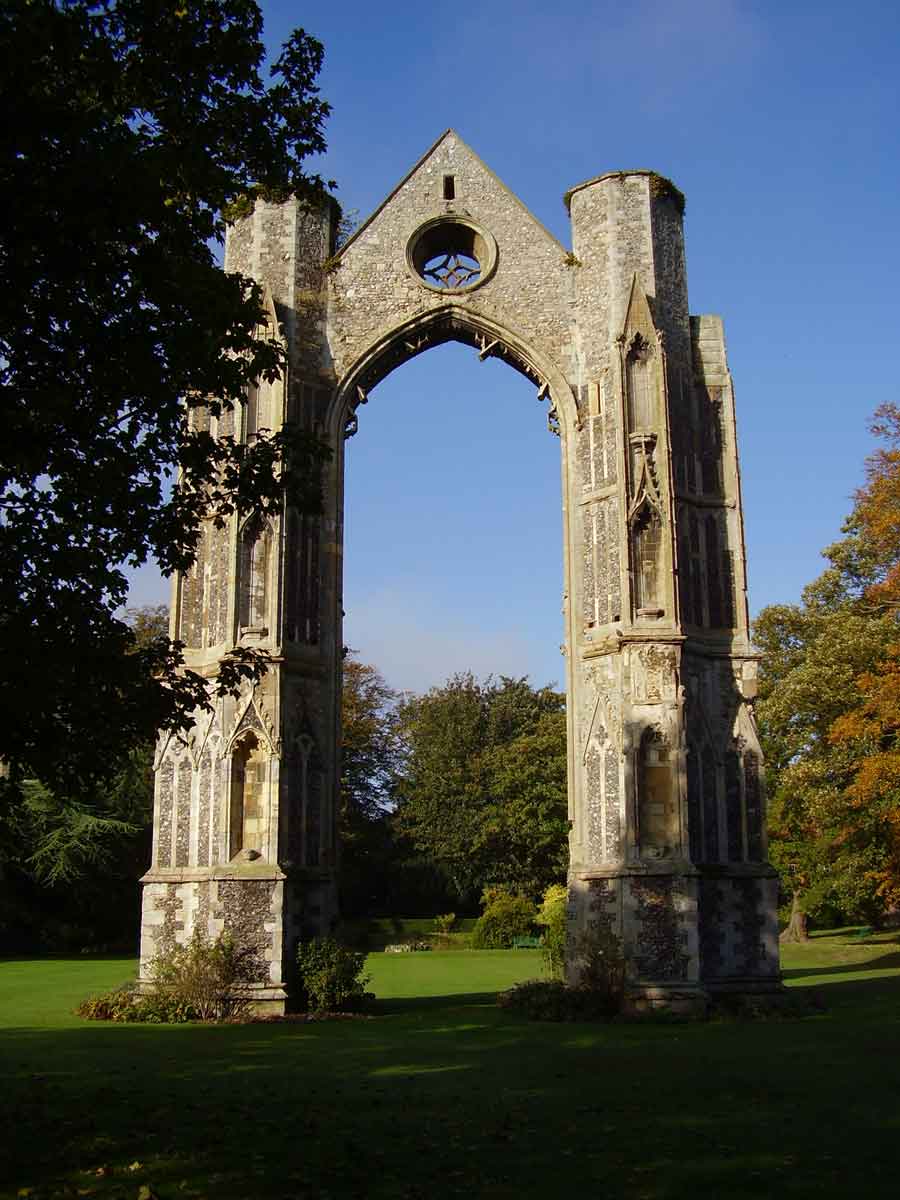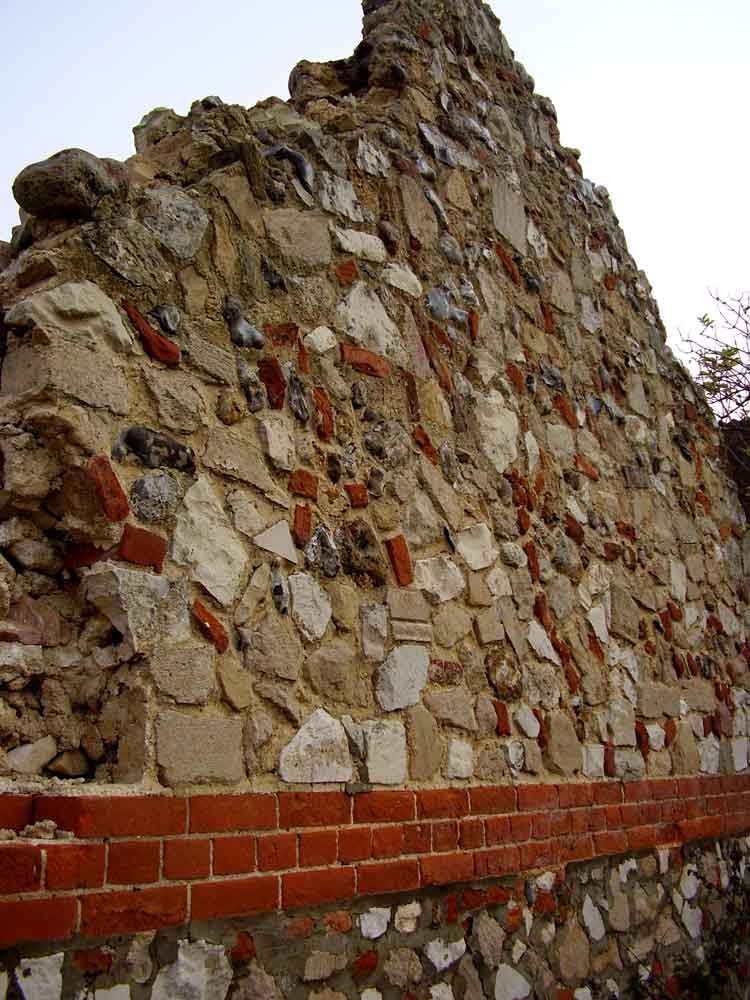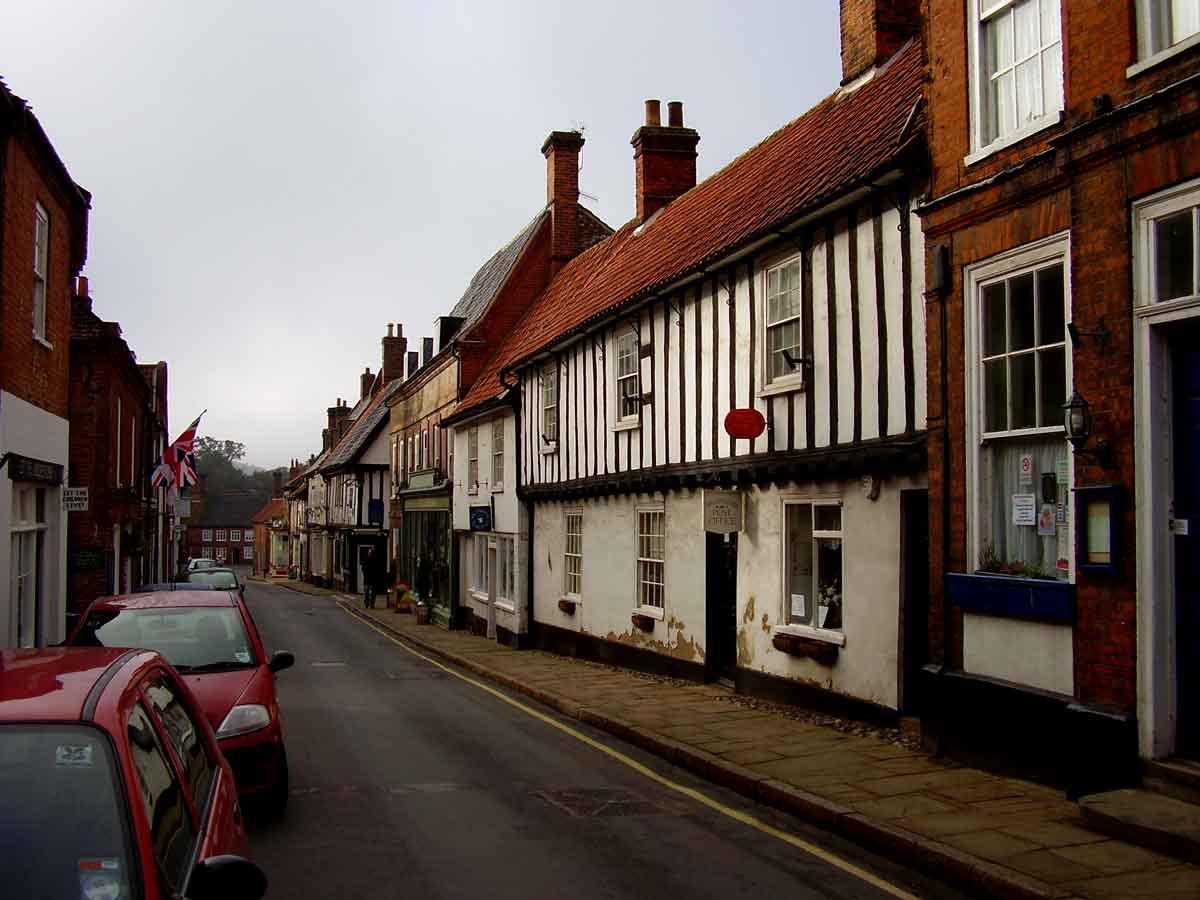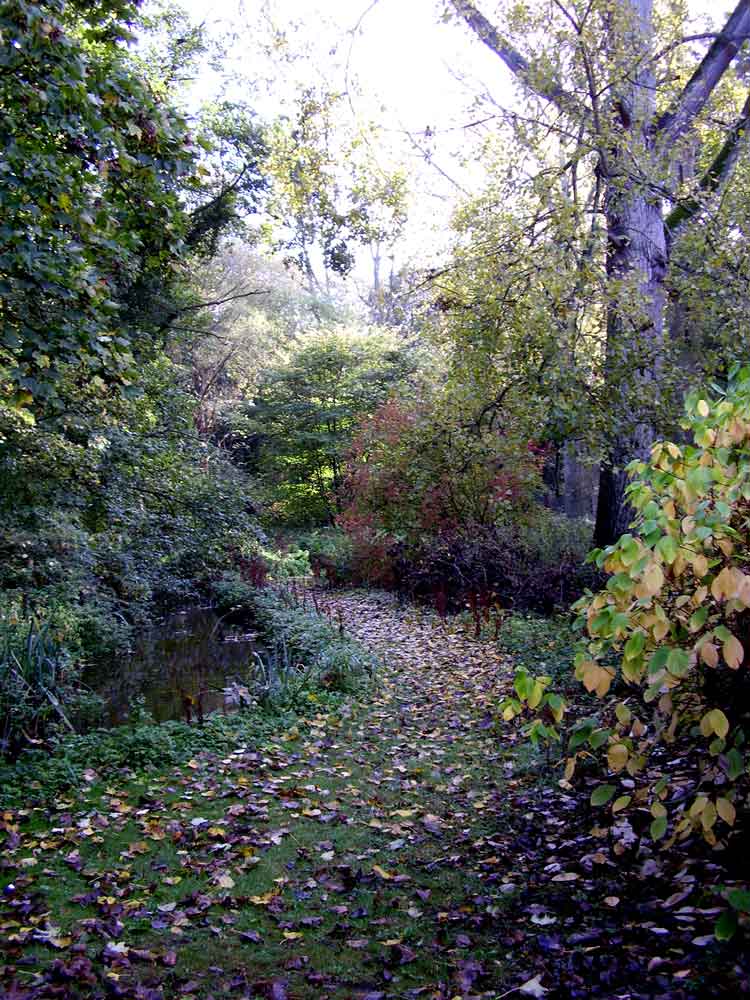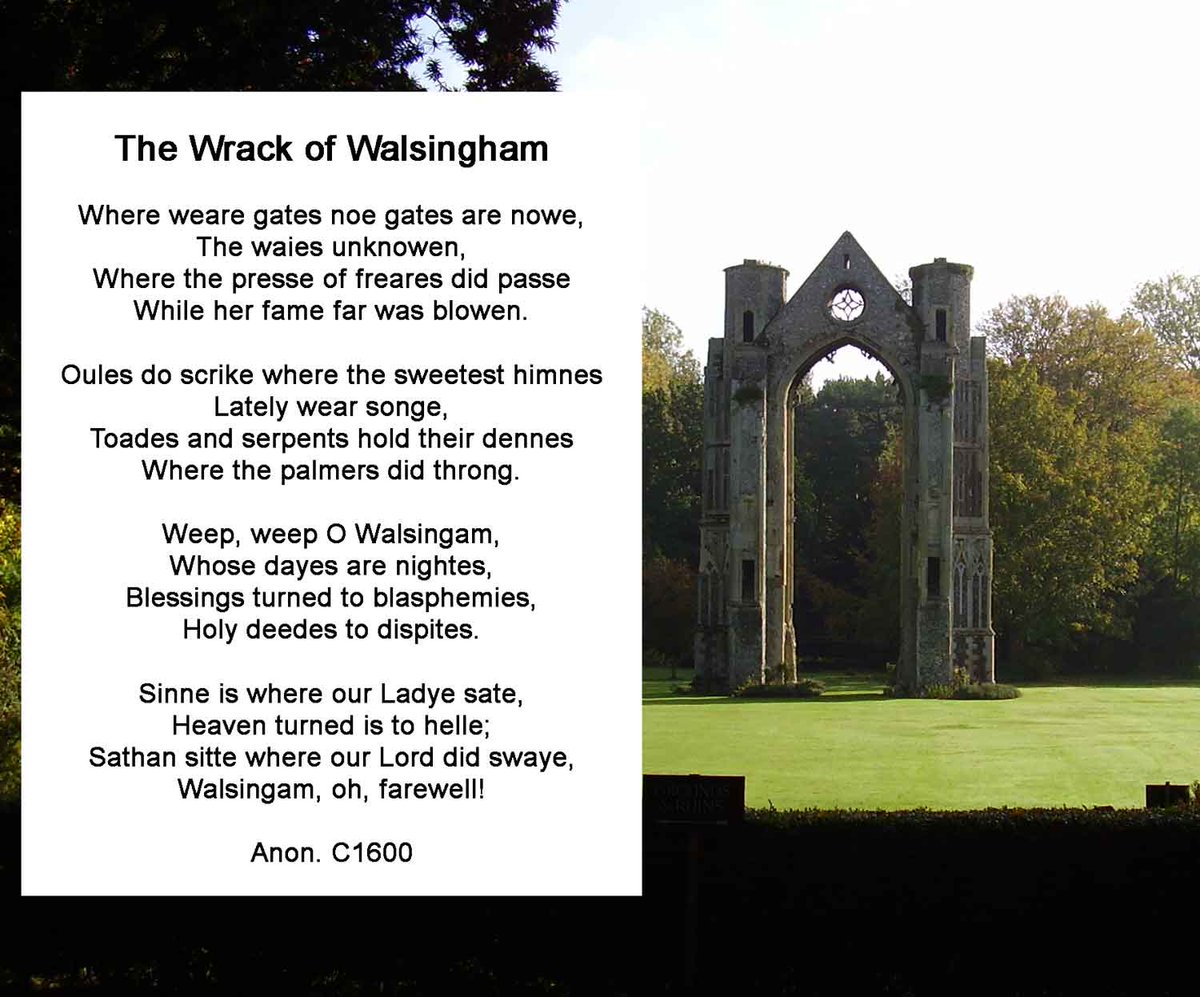It& #39;s Holy Week, and how better to celebrate than with a virtual pilgrimage, to the medieval shrine at Walsingham...
"As you came from the holy land
Of Walsinghame,
Met you not with my true love
By the way as you came?"
Originally untitled ballad
#EAchurches #Thread
"As you came from the holy land
Of Walsinghame,
Met you not with my true love
By the way as you came?"
Originally untitled ballad
#EAchurches #Thread
During its heyday in the C14th & C15th Little Walsingham was visited by thousands of pilgrims each year, following the old pilgrim roads. Today many of these routes are major roads but, just occasionally, it& #39;s possible to stumble across one of the old pilgrim tracks. #EAchurches
For many medieval pilgrims the last stop before they reached Walsingham itself was the Slipper Chapel in nearby Houghton St Giles. Built in 1325 the chapel marked the point at which dedicated pilgrims would remove their shoes to travel the last mile barefoot. #EAchurches
The original chapel was dissolved in 1538 and fell into disrepair. The ruinous chapel was restored in the late 19th century by the Roman Catholic community and in 1934 became the Catholic National Shrine to Our Lady. #EAchurches
In the 1970s and 80s visitors to the Roman Catholic shrine had far exceeded the limits of the medieval chapel and a new chapel, the Chapel of Reconciliation, was finally consecrated in 1982. It looks like a local barn. Love it or hate it. #EAchurches
Despite its modern feel the new Catholic shrine contains many links to Walsingham’s medieval past. This symbol, a MARIA monogram, is found on many surviving medieval pilgrim badges. Today it is used as the corporate logo of the Catholic shrine. #EAchurches
The last mile between the Slipper Chapel and the village of Walsingham was known as the Holy Mile and runs alongside the water-meadows of the meandering river Stiffkey. The meadows have changed little in the last five or six centuries. #EAchurches
The first building encountered on entering the village would have been the Franciscan Friary. Founded by Elizabeth de Burgh, Countess of Clare, in 1347 (great timing?) the Friary boasted an enormous guest house and infirmary to house the visiting pilgrims. #EAchurches
The establishment of the Friary faced considerable opposition from the Augustine Priory, who believed it would divert pilgrims and funds from their own property. It’s eventual wealth would suggest that their fears were generally correct. #EAchurches.
Little Walsingham is unique within England in that it was built almost entirely to cater to the lucrative pilgrim trade. The town was ‘planned’ and laid out on a grid system. This building dates to the early C16th & may well been built as a pilgrim hostel. #EAchurches
The Common Place. One of the two open spaces within the centre of Walsingham. In the background can be seen a whole range of medieval & C16th buildings built as shops and hostels for the visiting pilgrims. #EAchurches
The Priory Gatehouse. Built in the 1440s, the gatehouse was the first view that many pilgrims would have had of the Priory. To the left of the gatehouse stands the 15th century porter’s lodge, built in a very unusual (for Norfolk) arched brace design. #EAchurches
As the pilgrims passed through the gatehouse they would have entered a bustling and busy precinct surrounded by tall buildings on all sides. The flow of pilgrims was carefully regulated by the Priory & pilgrims were required to follow a set route. #EAchurches
To the modern pilgrim entering through the gatehouse the first view of the ruins is perhaps the most dramatic. The upstanding east end is all that now remains above ground of the great priory church.
Big church far away.
#EAchurches
Big church far away.
#EAchurches
A closer view of the eastern gable end of the priory church. The original church had a central crossing tower, as well as a western tower, and was almost 250ft long. The gable end that survives today was built in the 1380s & is a bit lush. #EAchurches
Although the priory church has now all but gone the site does contain extensive ruins that belong to the domestic range of buildings. Here the ruined western end of the refectory, c.1300, sits surrounded by trees and almost overgrown with vegetation. #EAchurches
The high pointed EE arch of the east window is echoed here along the south wall. As Norfolk has no natural supplies of quarry stone all the visible dressed stone had to be imported into the county from as far afield as France. #EAchurches
A detail of one of the arched windows in the southern wall of the refectory. At the height of its power, in the late 14th and early 15th century, the Priory was home to more than thirty Canons, all of whom would have taken their meals in this building. #EAchurches
These stunted fragments are all that remain of the piers that supported the massive western tower of the Priory church. Most of the site was cleared at the dissolution, the stone being sold off locally, and only the Prior’s lodgings remained intact. Mostly. #EAchurches
The raised lawn area marks the position of the original Holy House chapel. Both archaeological and documentary evidence point to the original chapel having been built in the first half of the 12th century. This spot marks one of the holiest places in medieval England. #EAchurches
The miracle working statue of the Virgin that was contained in the holy house was documented as having been taken to London in 1538 and ceremonially burnt. However, local traditions still persist that hint at its concealment and survival. #EAchurches
Few other fragments of the Priory survived the dissolution unscathed. These doorways now stand alone and lead the way to the crypt – originally the warming room for the Canons. #EAchurches
. In the foreground can be seen the two ancient Holy Wells of Walsingham. Between the two wells used to sit a stone that worshipers were required to kneel upon. They then dipped a hand in each well and silently asked for their boon. #EAchurches
This Romanesque archway was moved from another part of the site, reputedly the infirmary, in the early 19th century and re-erected as a gateway into the well garden. The position of the original Holy House stands beyond the small tree visible through the arch. #EAchurches
The bridge in the precinct. Originally thought to be a surviving medieval pack-horse bridge, it is now believed to be a C19th garden feature. All a bit disappointing really. Still bloody lovely though. #EAchurches
The Knight’s Gate. This tiny gate in the precinct wall is traditionally the scene of one of Walsingham’s many medieval miracles. Legend states that a knight was being chased by villains but was miraculously transported through the locked gate to safety. #EAchurches
The gate, as can be seen from the photograph, was rebuilt, along with much of the precinct wall, in the 19th century remodelling. However, as the sign makes clear, the new gate is still unsuitable for wide loads. #EAchurches
In the early C20th the vicar of Walsingham, Father Hope Patten, re-established the tradition of pilgrimage to Walsingham. Between 1931 and 1937, a new shrine was built, opposite the Knight& #39;s Gate, & outside the original precinct. #EAchurches
Although Father Hope Patten believed the site to be that of the original Holy House, a myth that continues to this day, the area it covers is now known to have once been an Almonry for the medieval Priory. #EAchurches
The modern fountain at the Anglican shrine sits just outside the door to the modern building. In a fascinating echo of medieval practices of ritual deposition the well is always full of coins deposited by hopeful pilgrims ‘for luck’. #EAchurches
Unusually, particularly in light of the Anglican churches view of ‘relics’, the walls of the new Holy House have pieces of stone embedded in them from other religious houses, both extant and ruinous, from around the world. Canterbury, Lourdes, etc. #EAchurches
The inside of the Holy House as seen through the ‘squint’ in the rear wall. The priest celebrates mass before the crowned and robed statue of the Virgin. (Warning; the use of flash photography during the elevation of the Host can lead to accidental spillages). #EAchurches
The ‘new’ Holy Well within the Anglican shrine. The well was ‘rediscovered’ in the 1930s. Prior to excavation the well had been filled in with all sorts of medieval rubbish and refuse including, according to local legend, a dead dog and half a dozen elderly shoes. #EAchurches
Moving quickly on...
Despite the presence of both the Priory and Friary the actual parish of Little Walsingham was served by the parish church of St Mary. The magnificent tower dates to the 14th century and the nave to the mid 15th century. #EAchurches
Despite the presence of both the Priory and Friary the actual parish of Little Walsingham was served by the parish church of St Mary. The magnificent tower dates to the 14th century and the nave to the mid 15th century. #EAchurches
The south porch of St Mary’s. In its cleanliness of lines the porch is one of the finest two storey porches of its time to survive intact. When built the image niche would have contained a figure &, like the traceried canopy, would probably have been brightly painted. #EAchurches
On the 14th July 1961 St Mary’s was almost entirely gutted by fire, wiping clean the vast majority of the medieval interior. Reconstructed in the early 1960s the church now has a very modern feel whilst retaining many medieval traditions. #EAchurches
Perhaps the most wonderful medieval survival in the church is the magnificent font. Depicting the seven sacraments and covered in a wealth of elaborate tracery the font was one of the few items in the church to survive the devastating fire. #EAchurches
This panel shows the ritual of Confirmation and, hidden in the background, it still retains fragments of its original medieval paintwork. The font at Little Walsingham has been described as ‘the perfect Norfolk font’.
It& #39;s not too shabby...
#EAchurches
It& #39;s not too shabby...
#EAchurches
The end of medieval Walsingham’s pilgrim trade came quickly. The Friary and Priory were dissolved in 1538, by which time the Priory was home to only four canons. Both sites were sold to Thomas Sydney who began the systematic destruction of both buildings. #EAchurches
The roofing lead and furnishings were recycled and sold off in bulk. The dressed stones were sold off locally for building materials. Even today it is not unusual to come across large quantities of carved and worked ‘Walsingham stone’ built into the local buildings. #EAchurches
The modern pilgrims who now flock to the Walsingham do so today in cars and coaches. Few visit the site of the original Holy Wells, or walk the turf covered route through the ruined Priory to stare at the place where the Holy House once stood. #EAchurches
The old pilgrim tracks, the green roads that led to England’s little Nazareth, are walked now only by local ramblers, birdwatchers and courting couples - and the ghosts of a thousand medieval pilgrims... #EAchurches
The memory of lost Walsingham remained as part of a local tradition for many centuries after the dissolution. Ancient tales of past glories, & the legends of the magic wrought by a Lady on a golden throne... #EAchurches
Finis.
If you have enjoyed our virtual pilgrimage we hope you& #39;ll consider donating a few quid to the @TrussellTrust - who support a network of foodbanks across the UK - needed now more than ever. https://www.trusselltrust.org/get-involved/ways-to-give/">https://www.trusselltrust.org/get-invol...
If you have enjoyed our virtual pilgrimage we hope you& #39;ll consider donating a few quid to the @TrussellTrust - who support a network of foodbanks across the UK - needed now more than ever. https://www.trusselltrust.org/get-involved/ways-to-give/">https://www.trusselltrust.org/get-invol...

 Read on Twitter
Read on Twitter